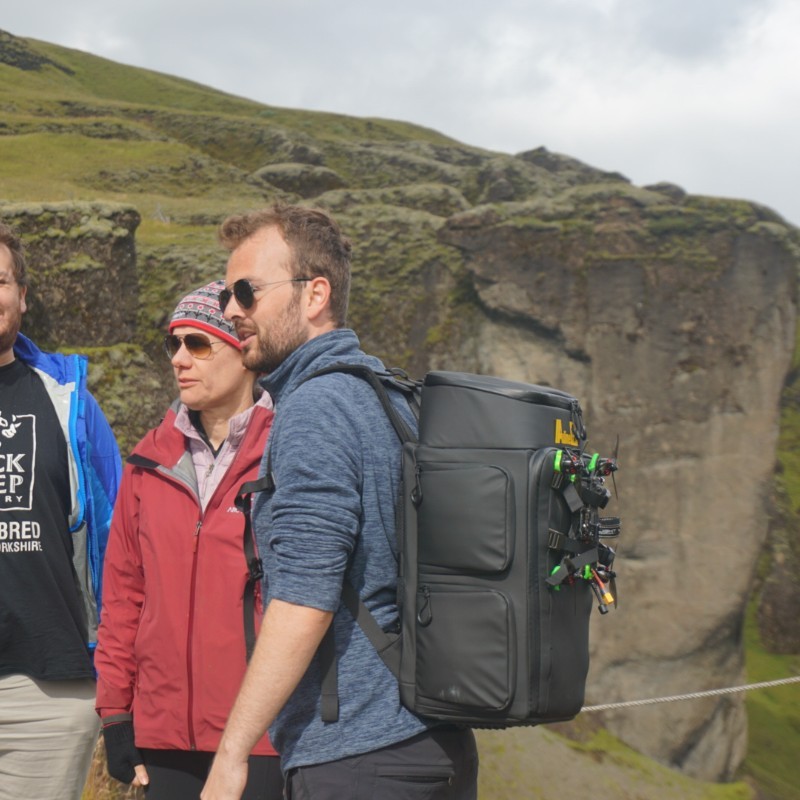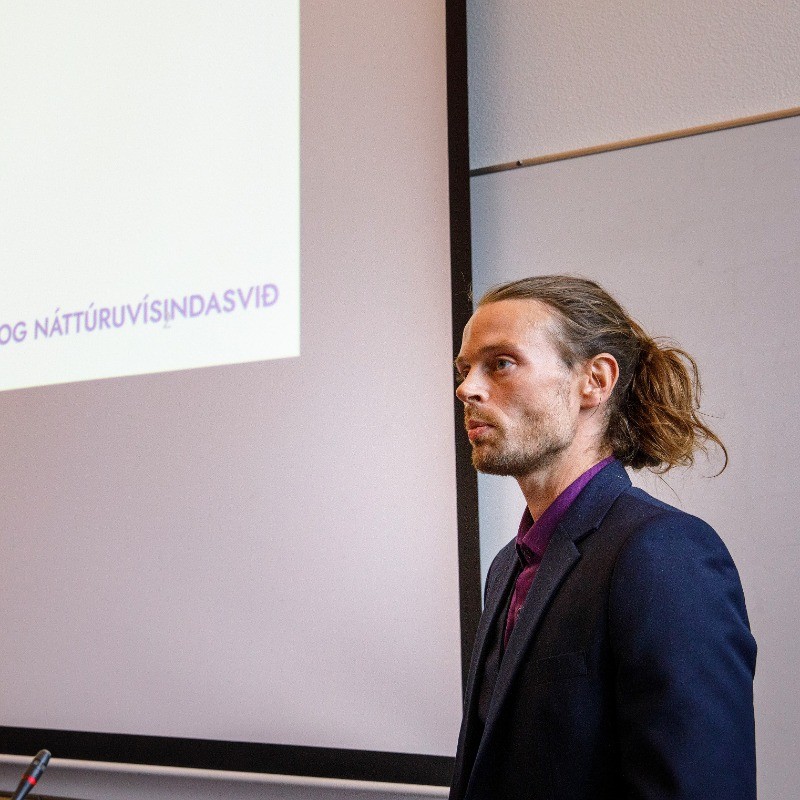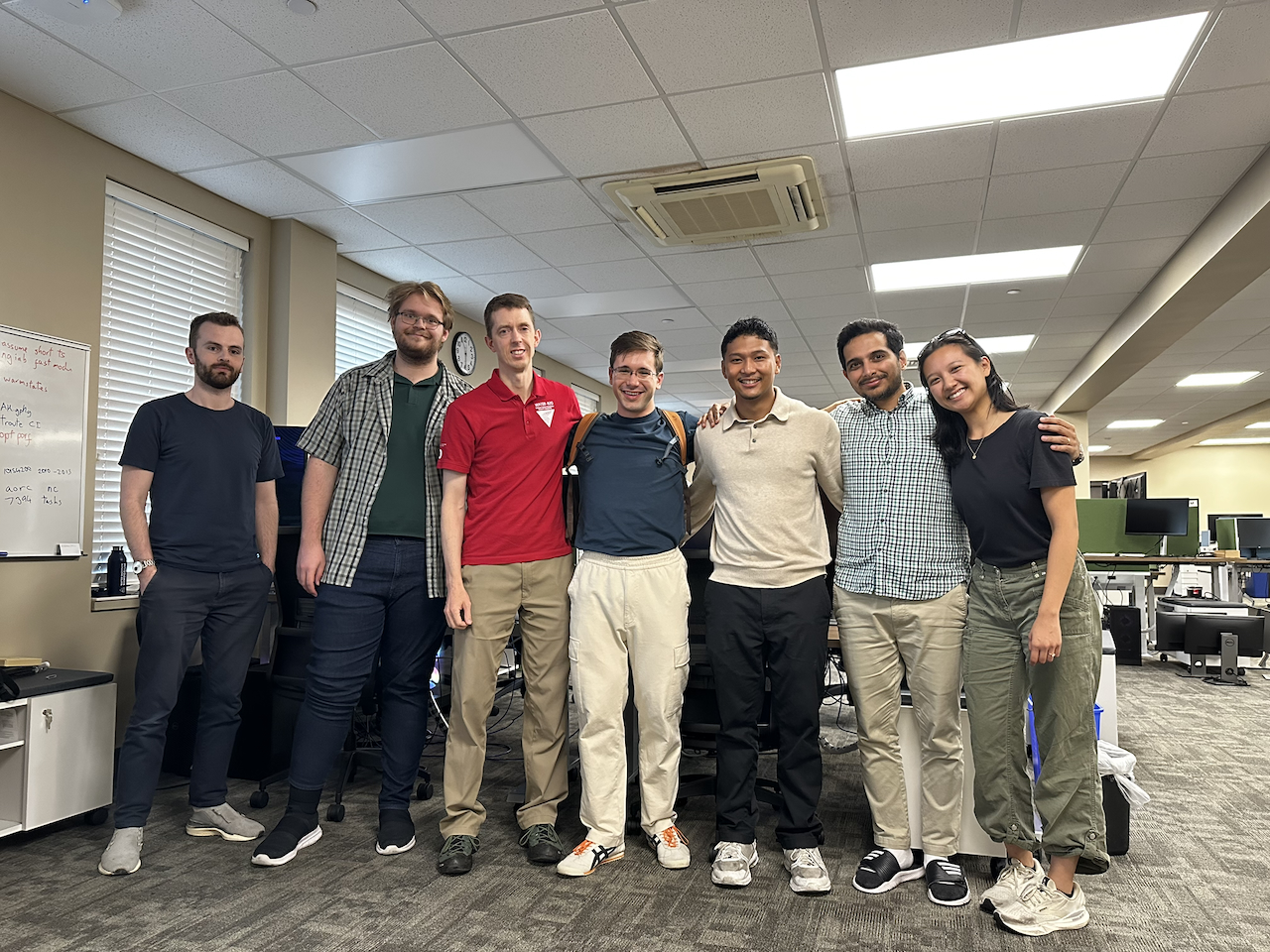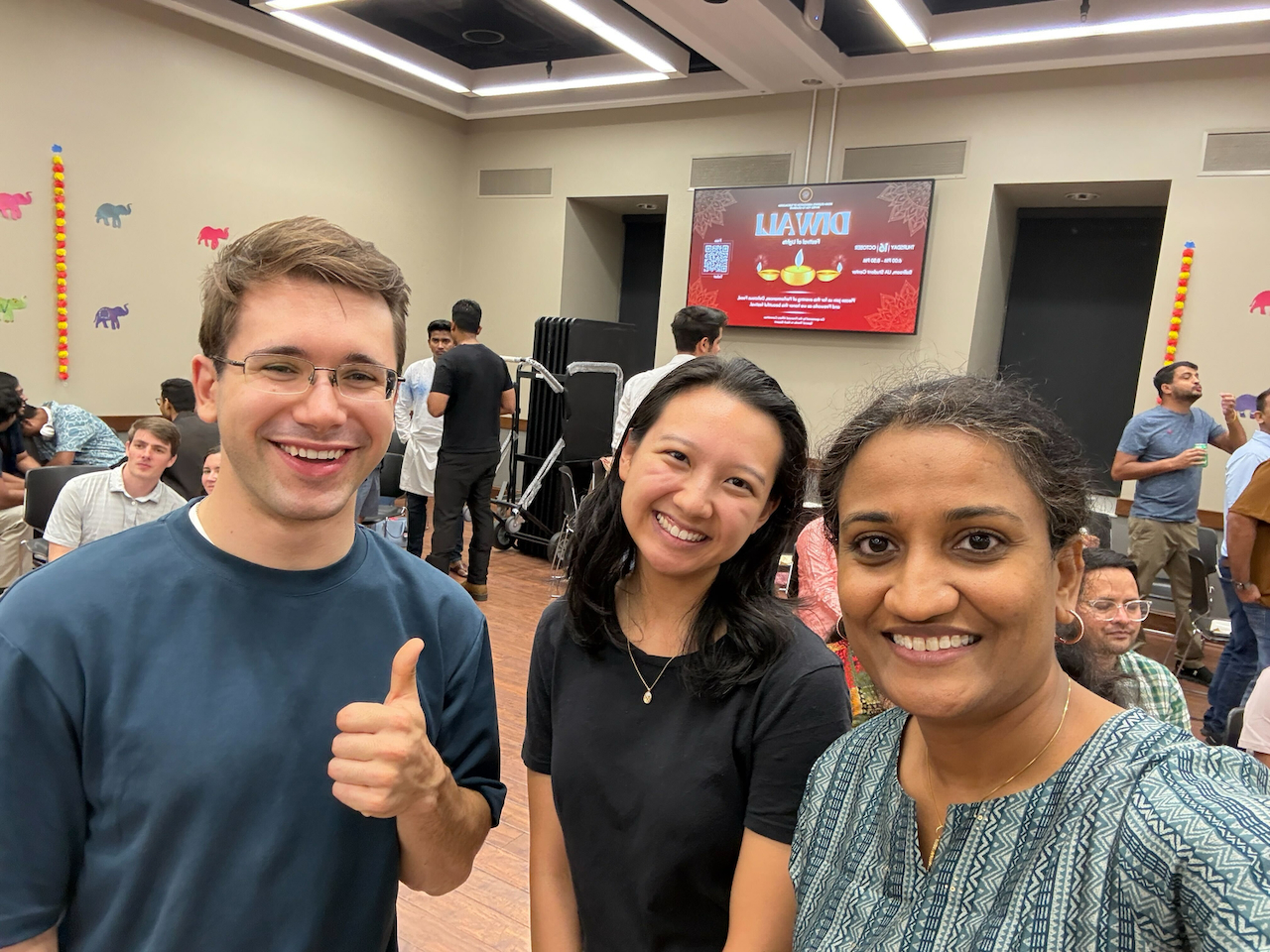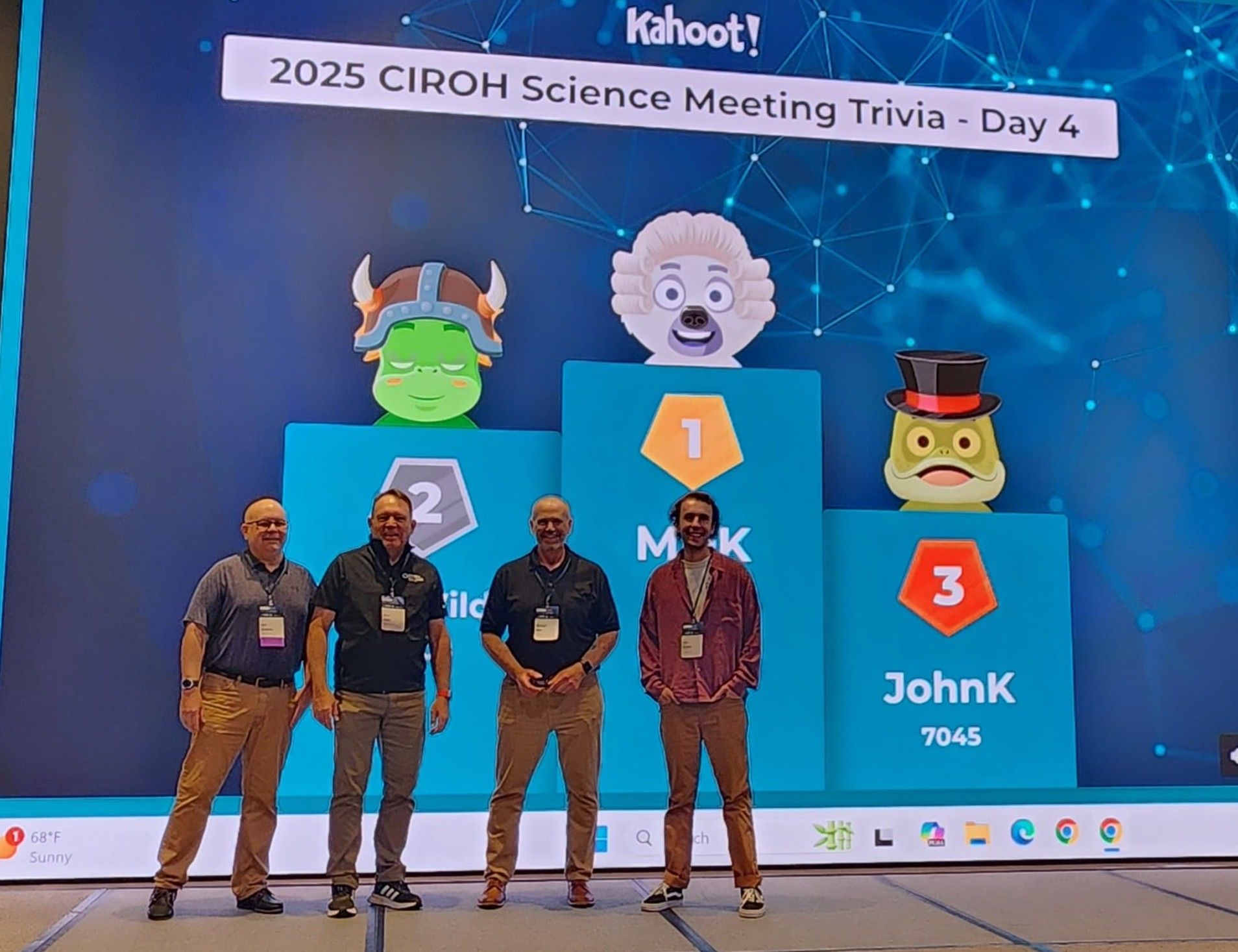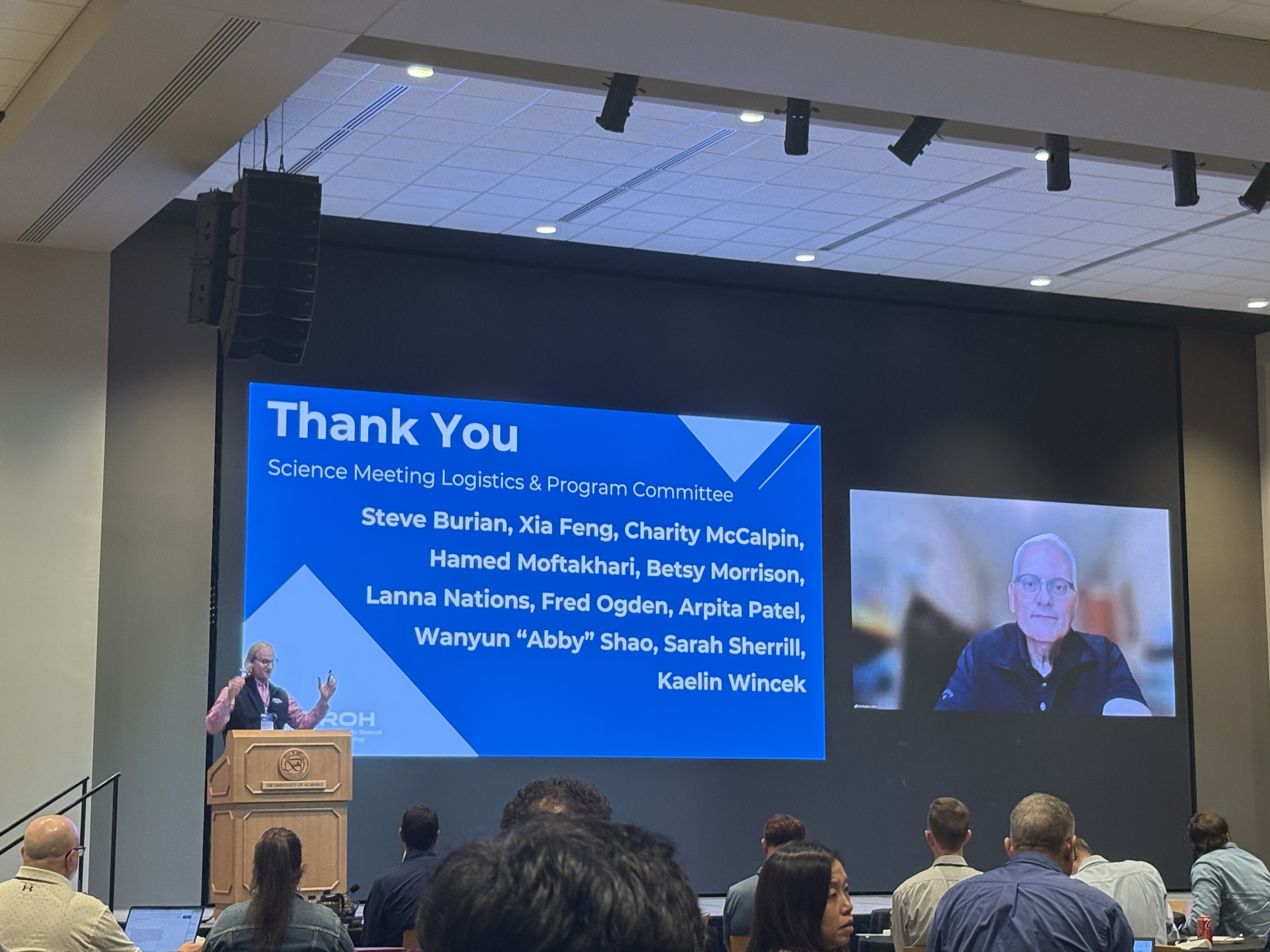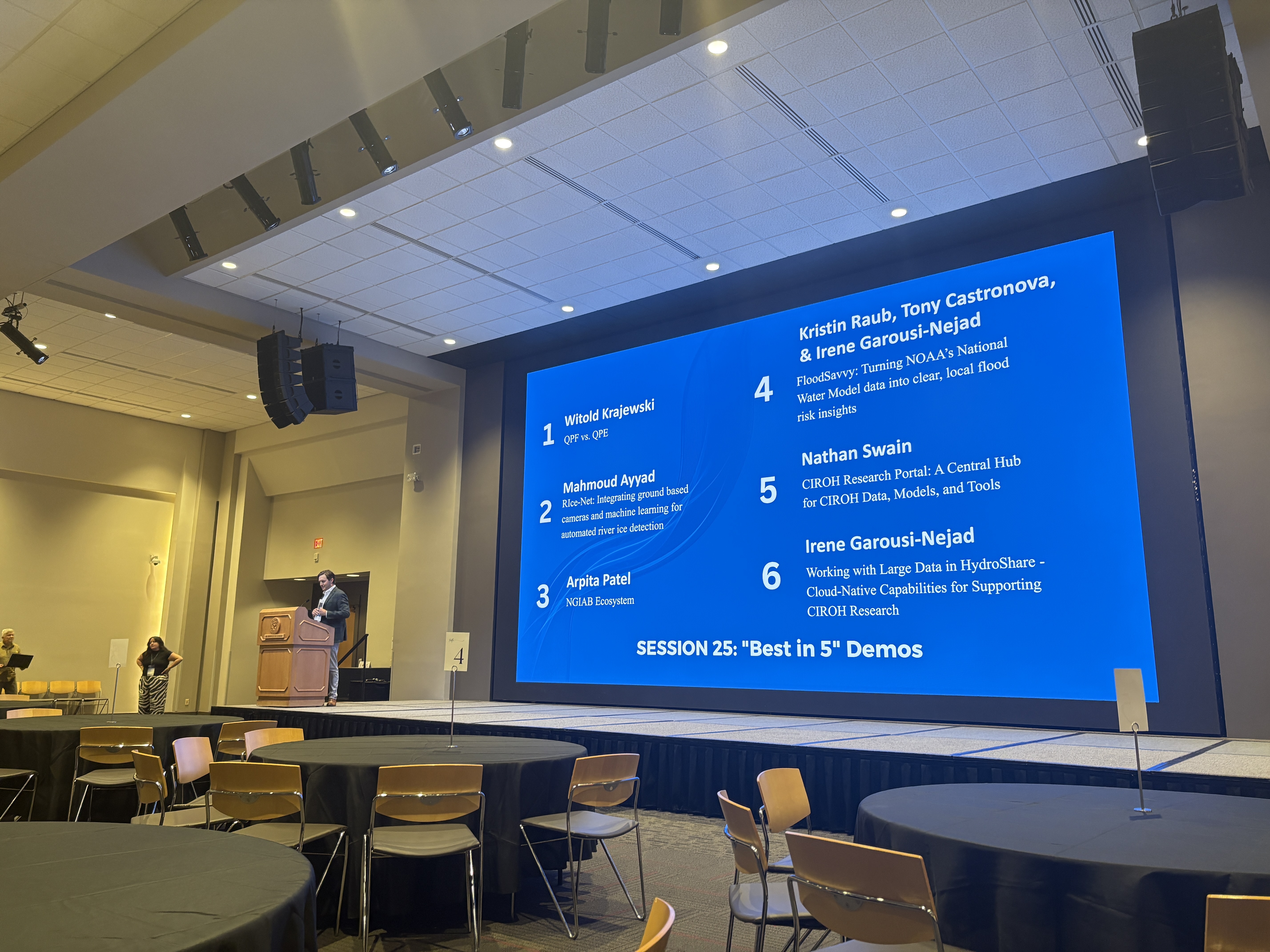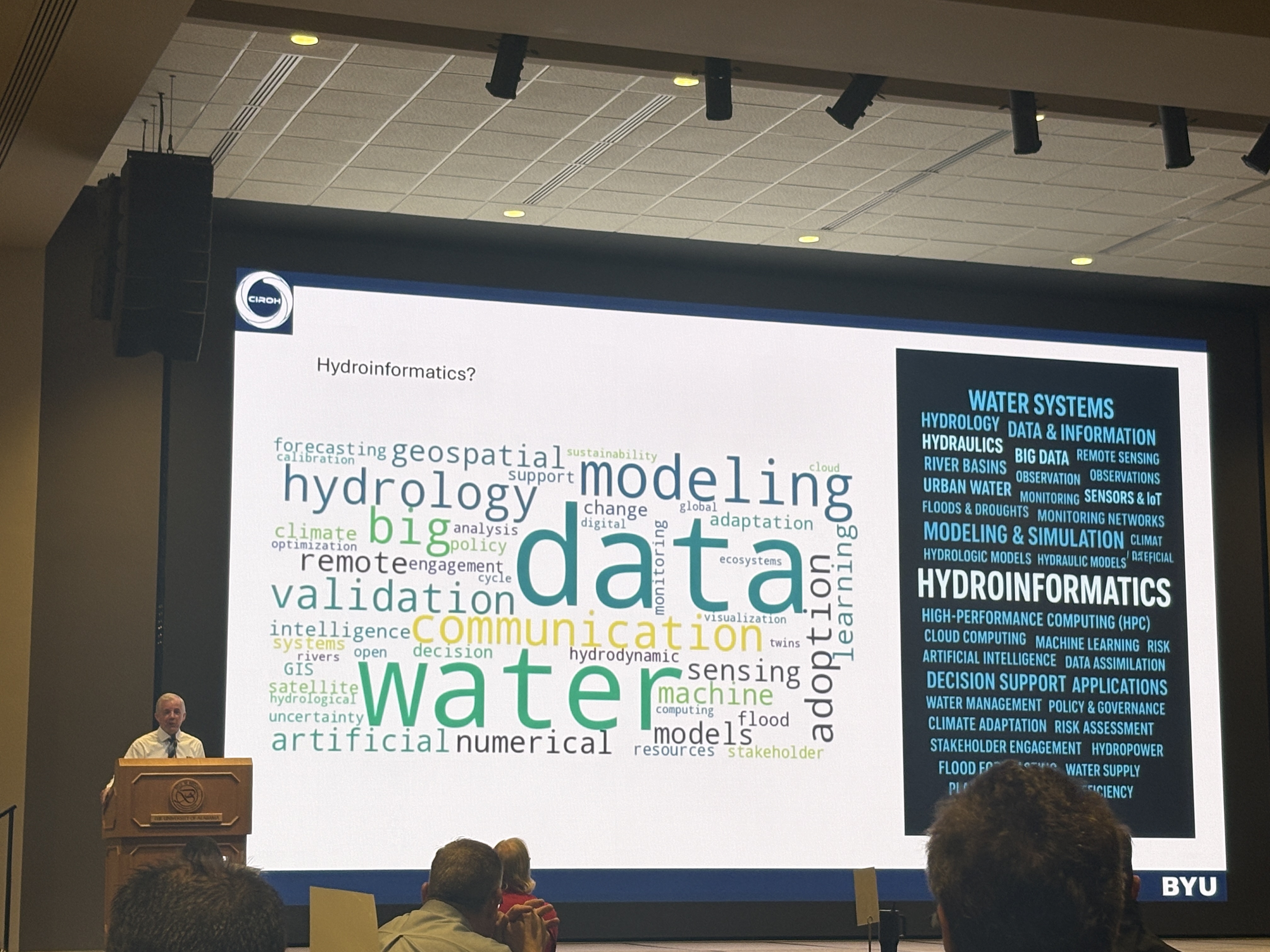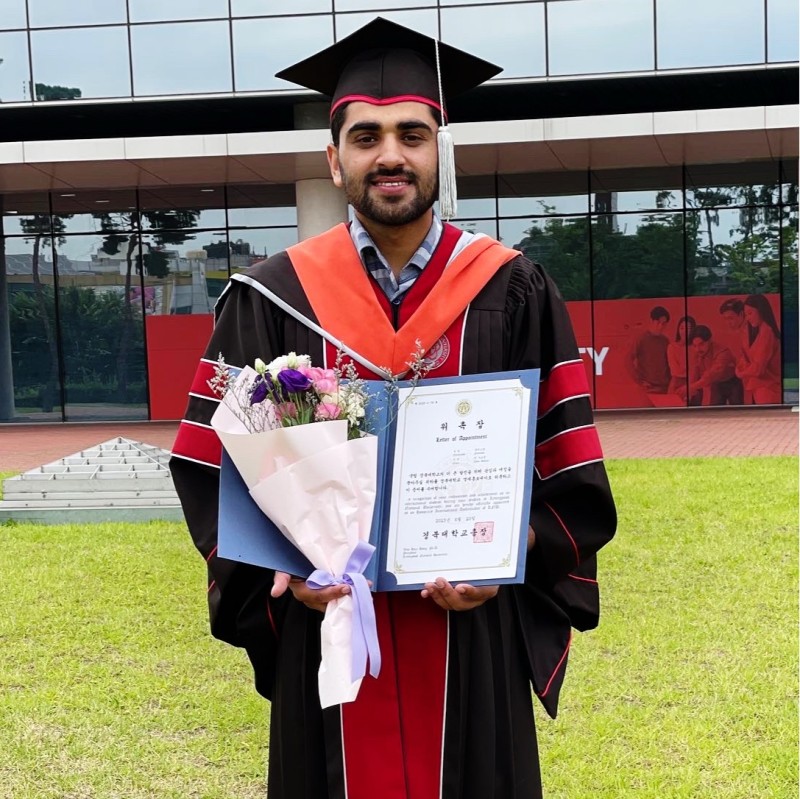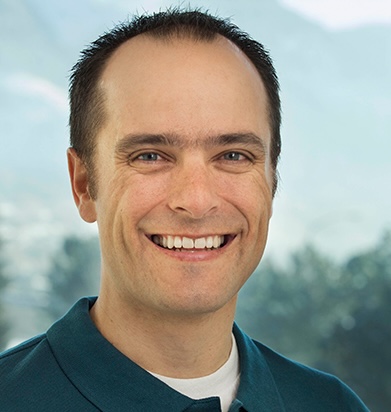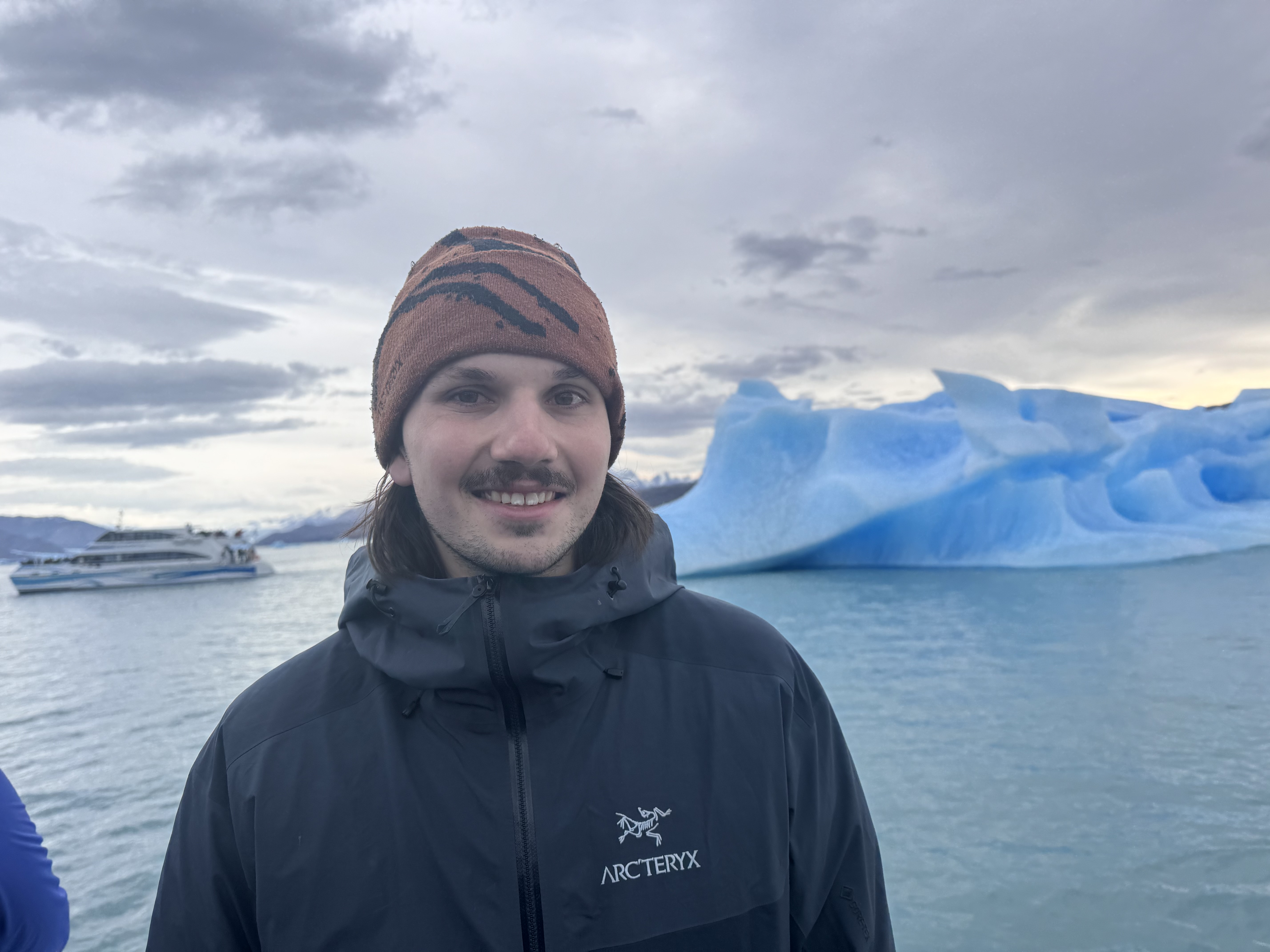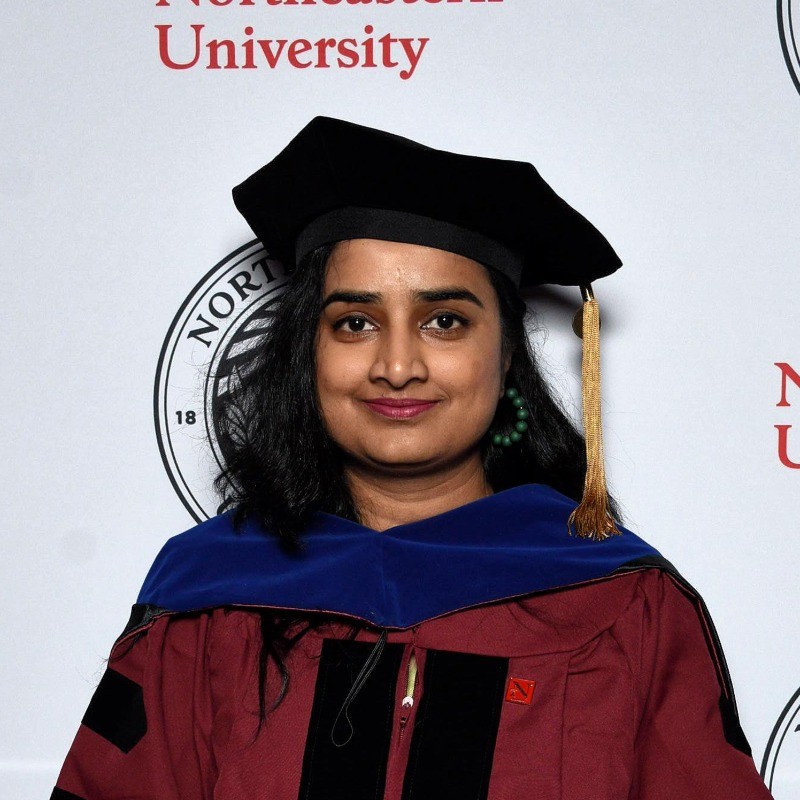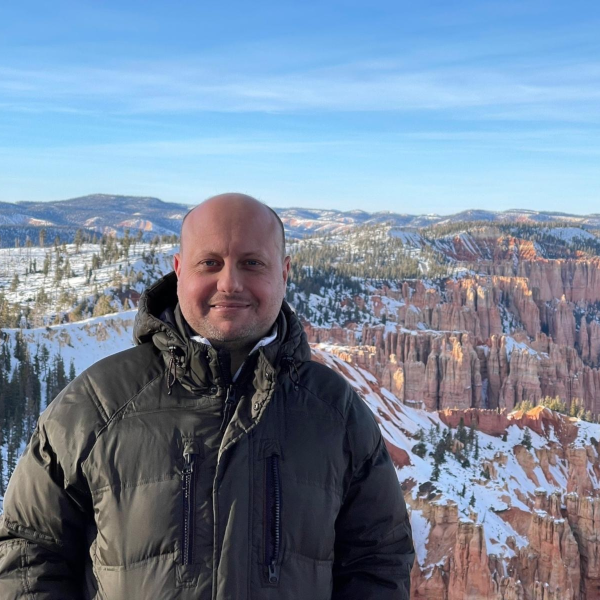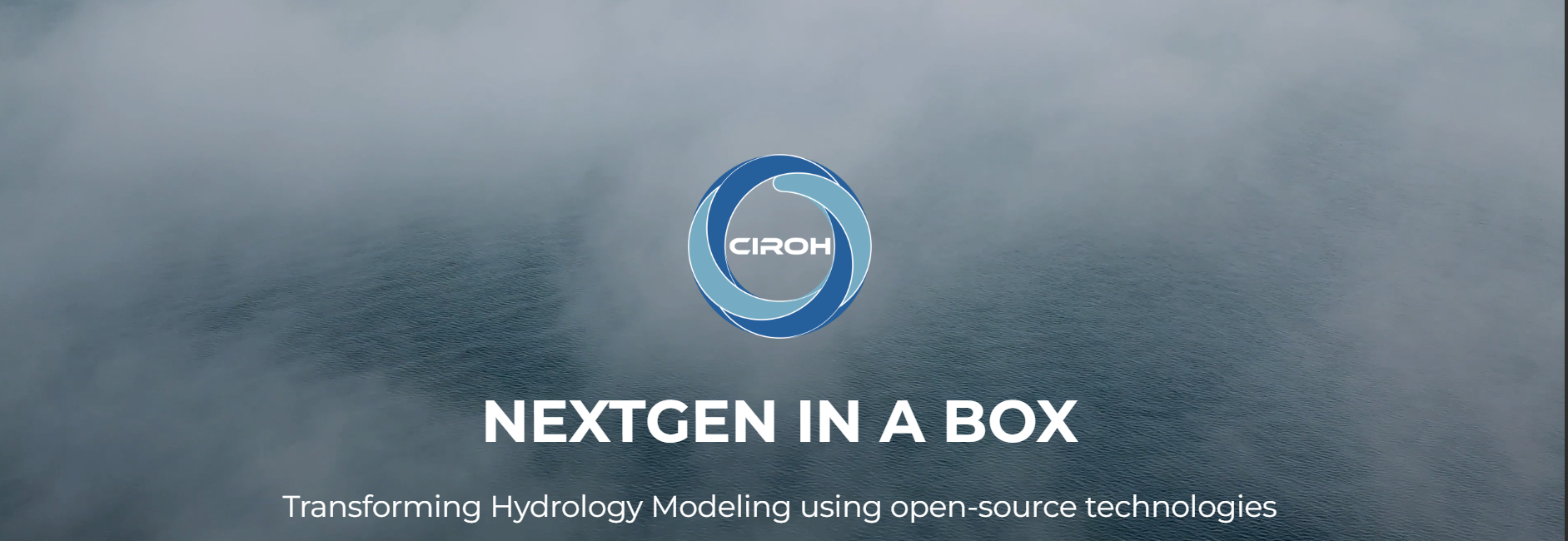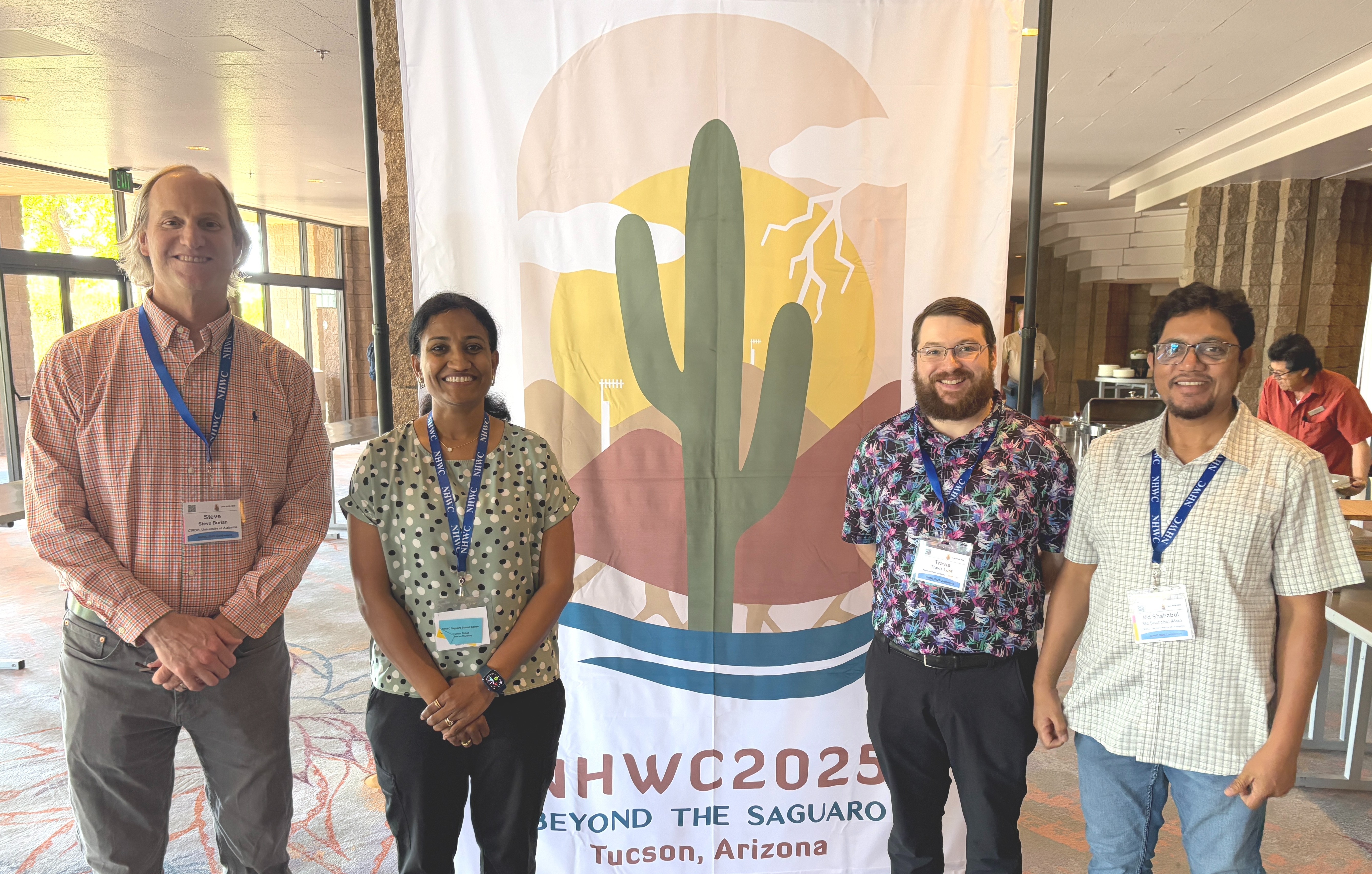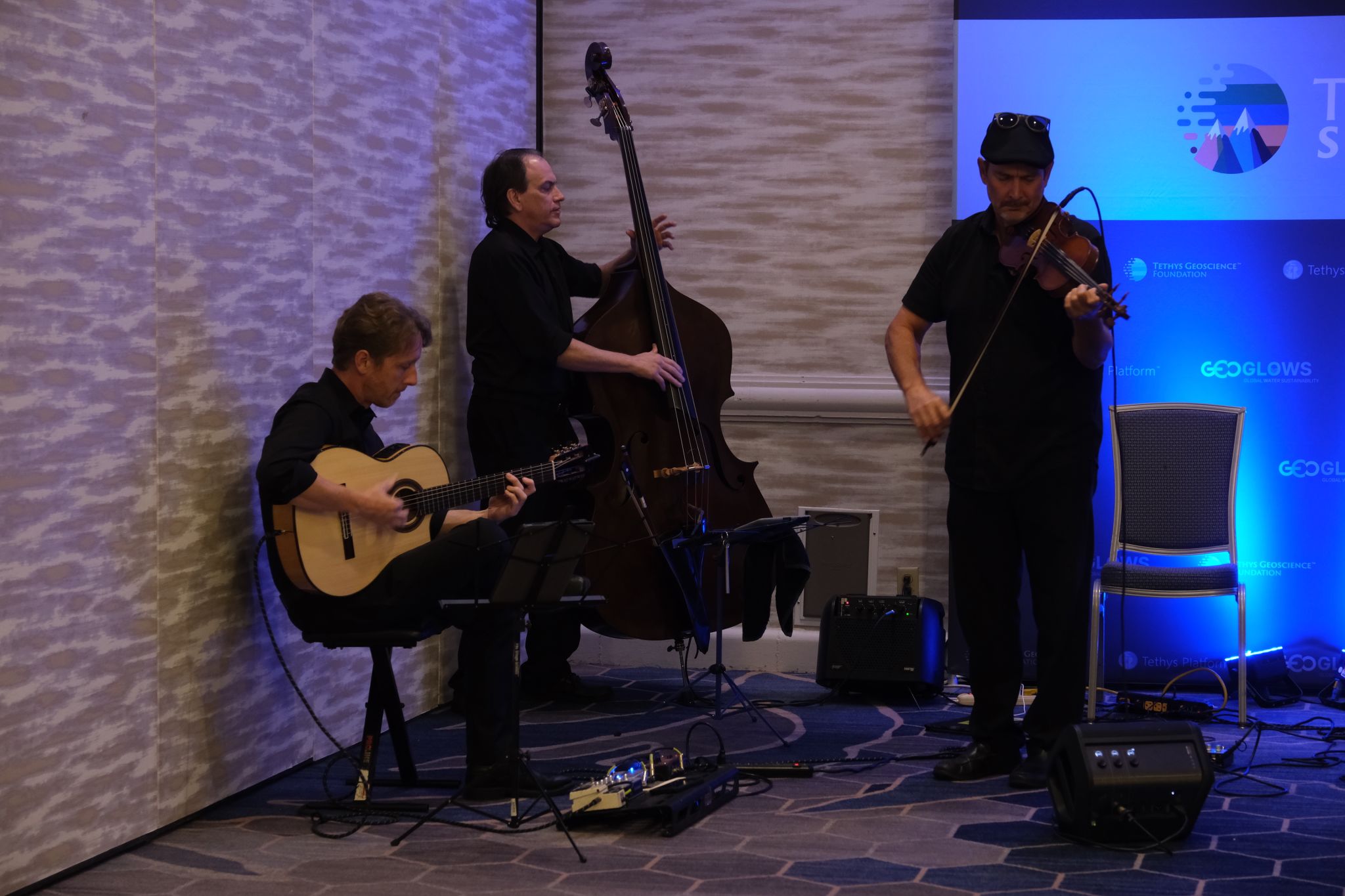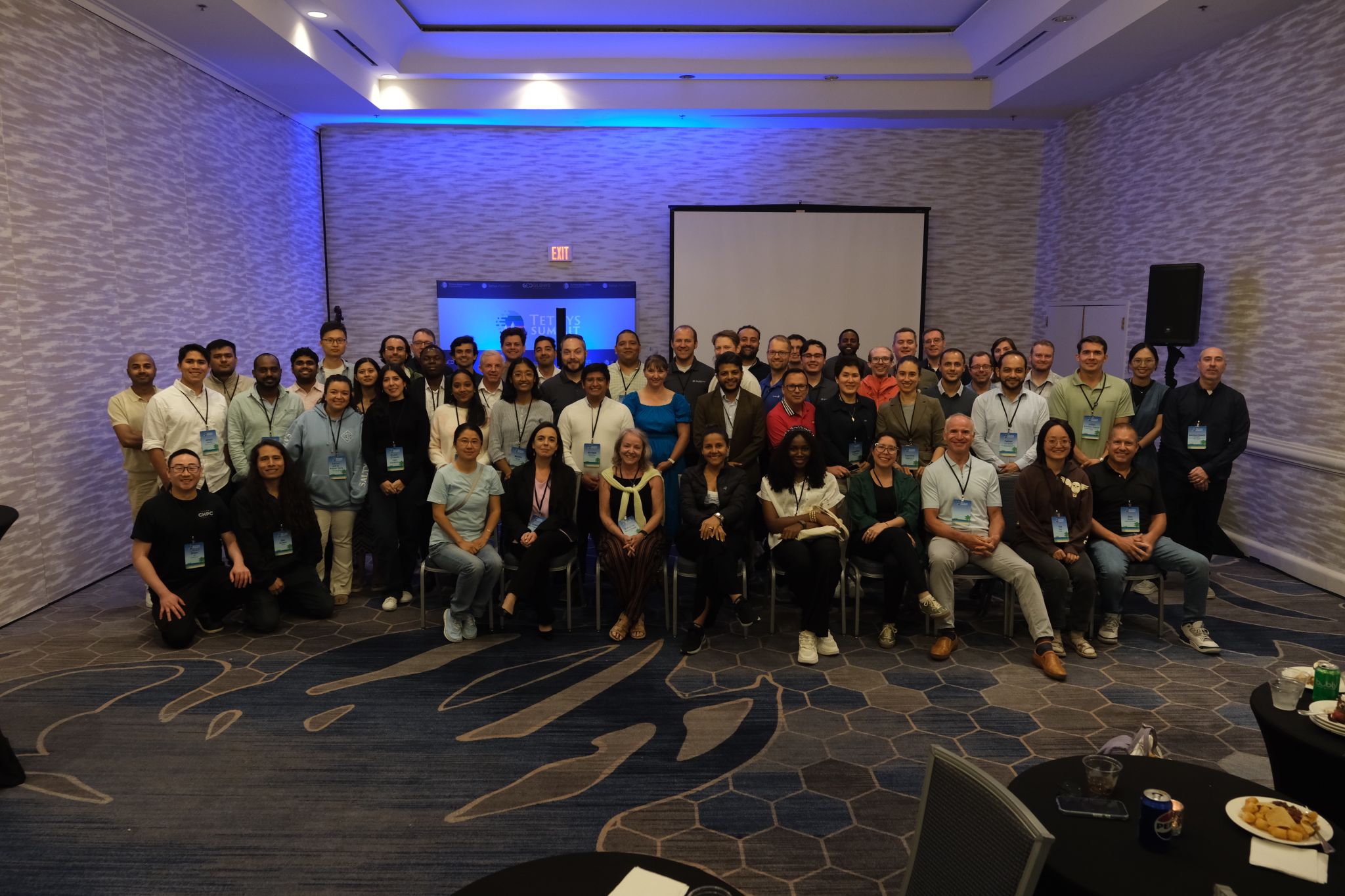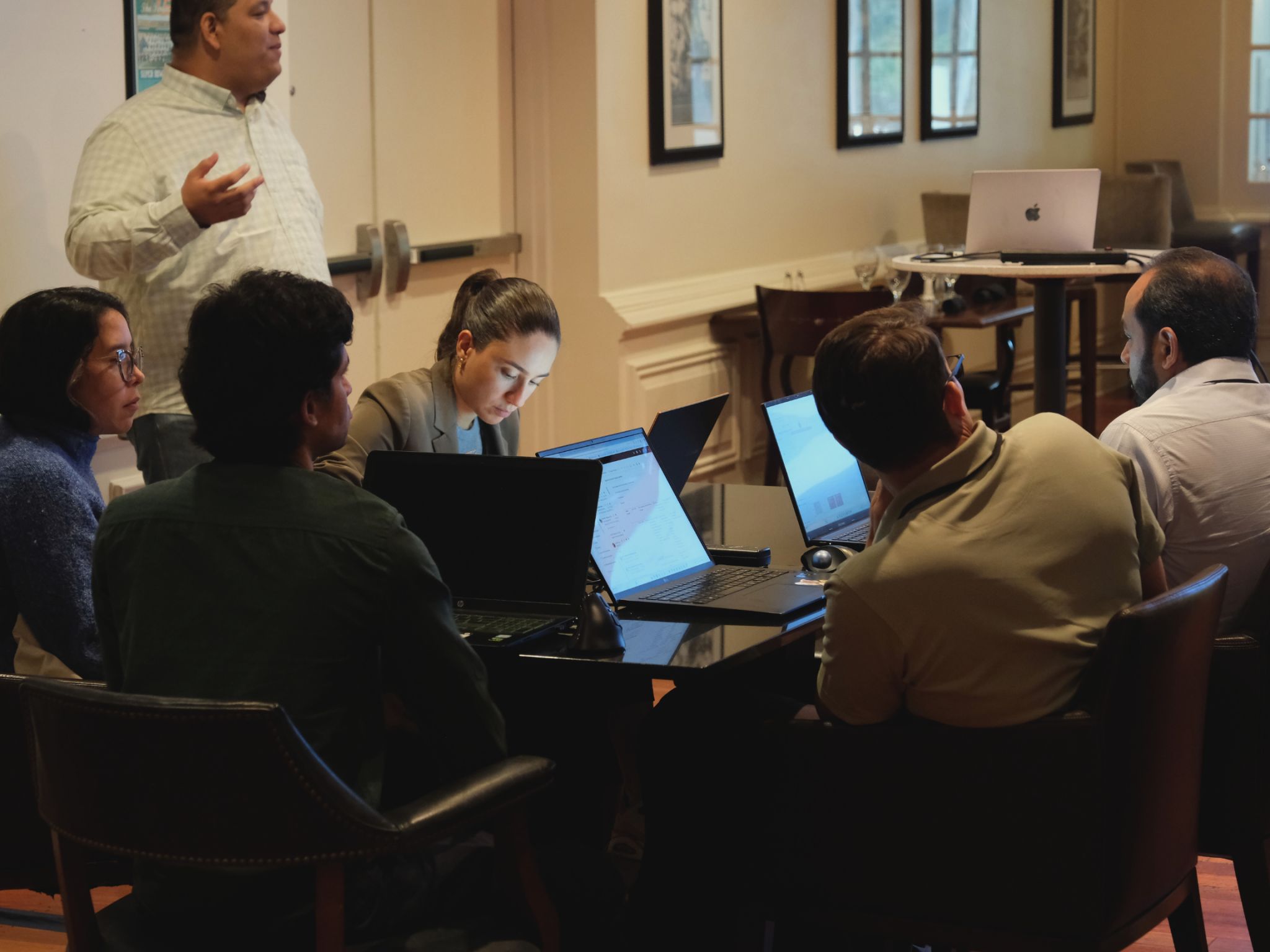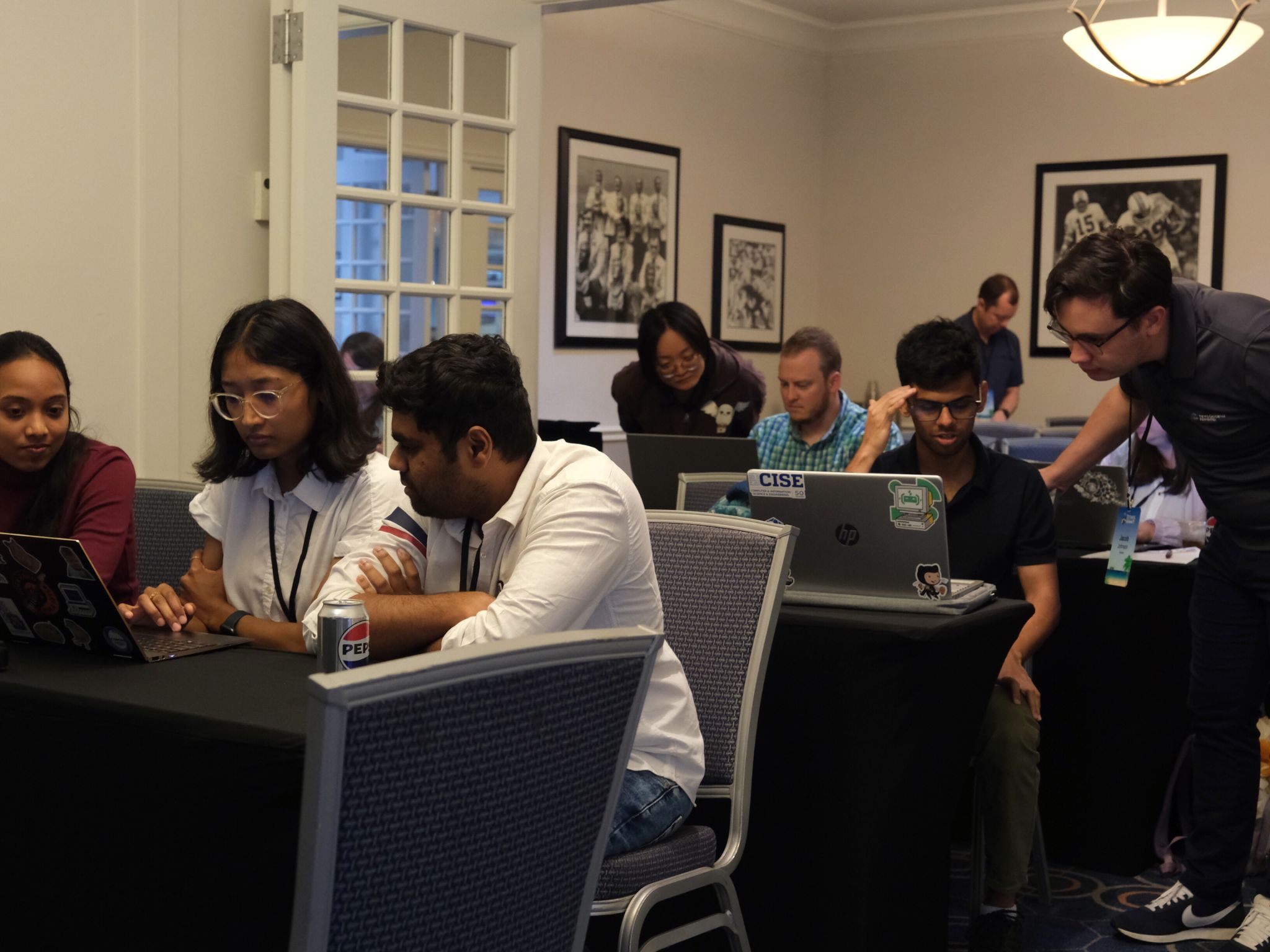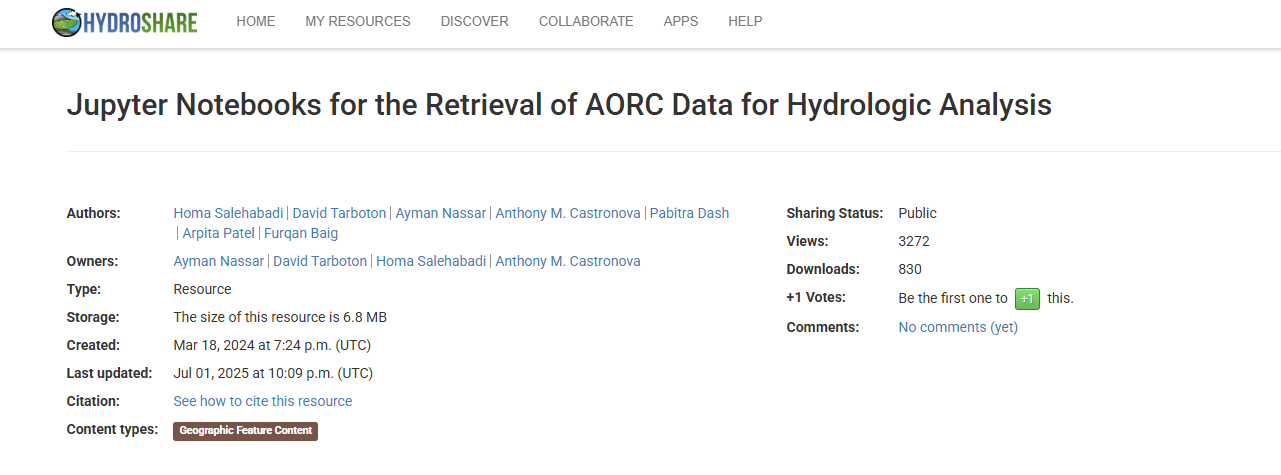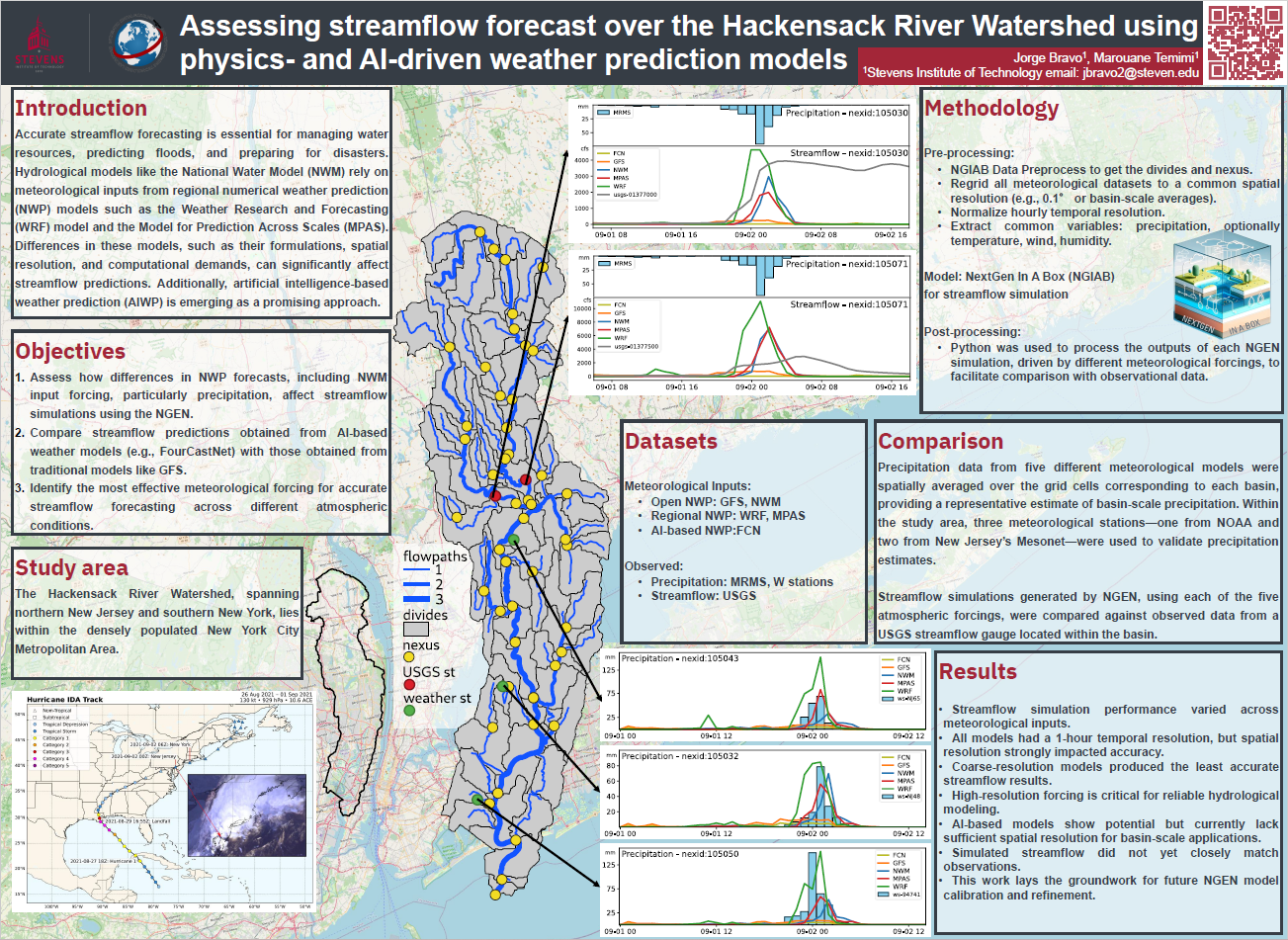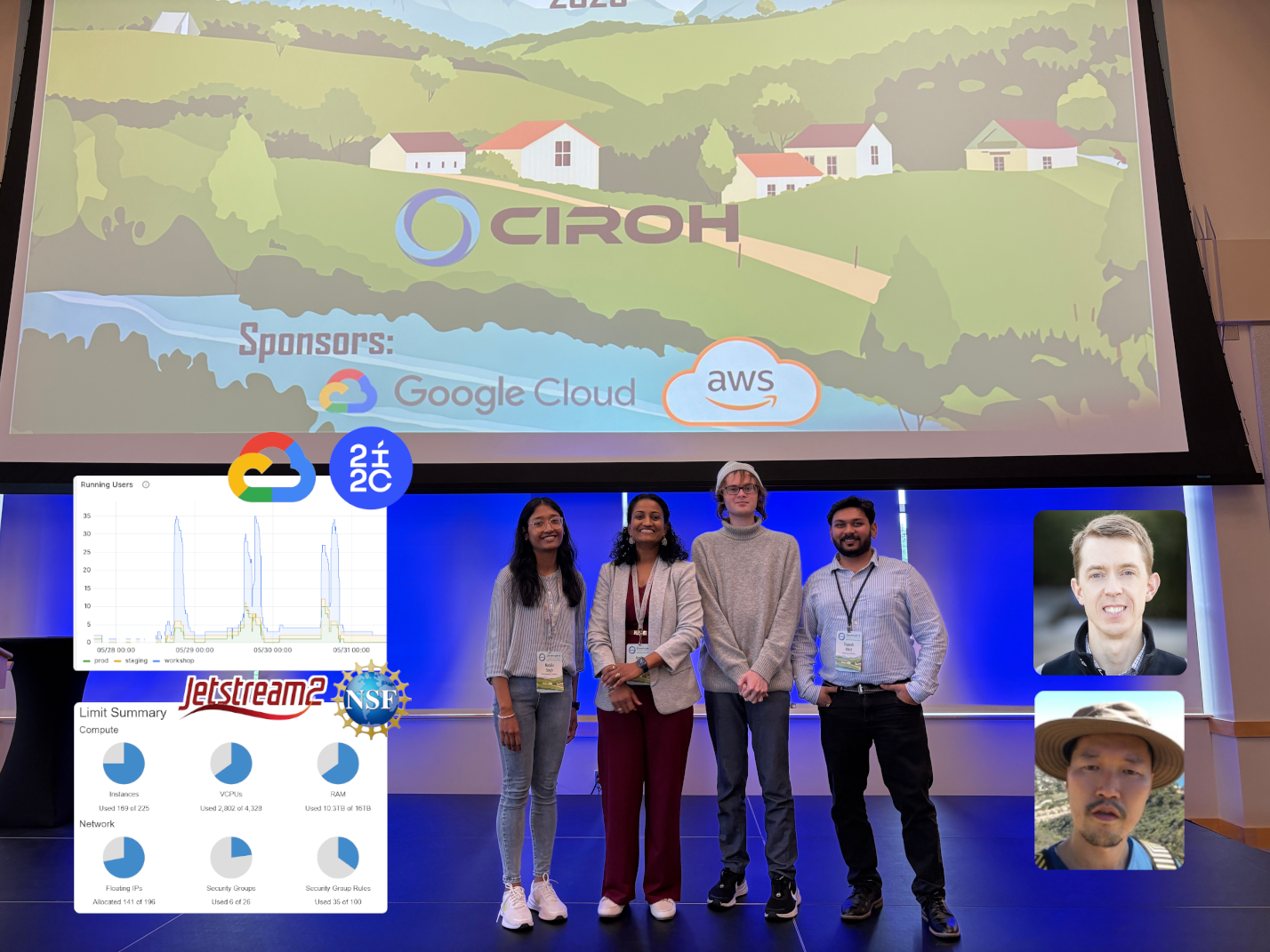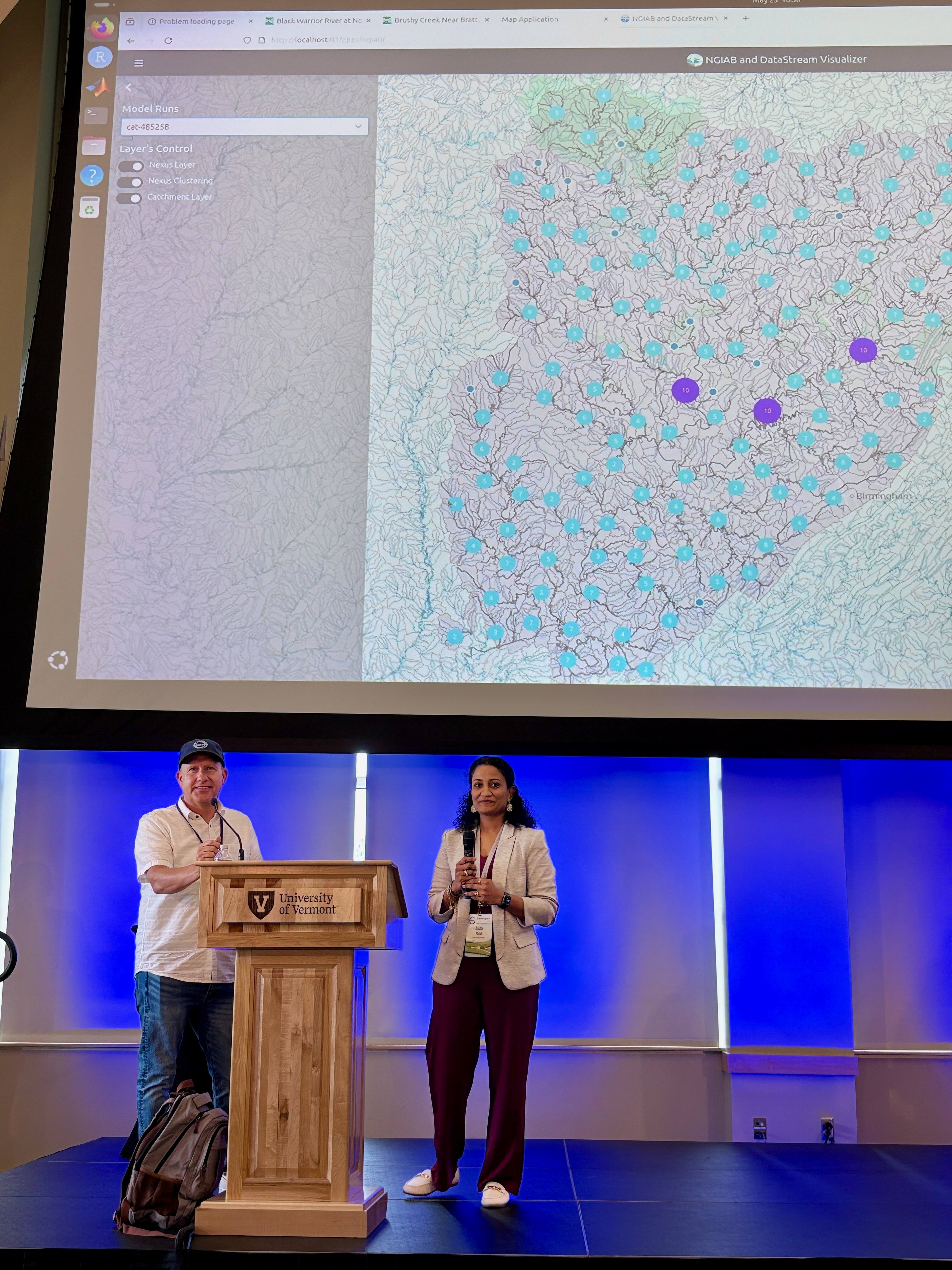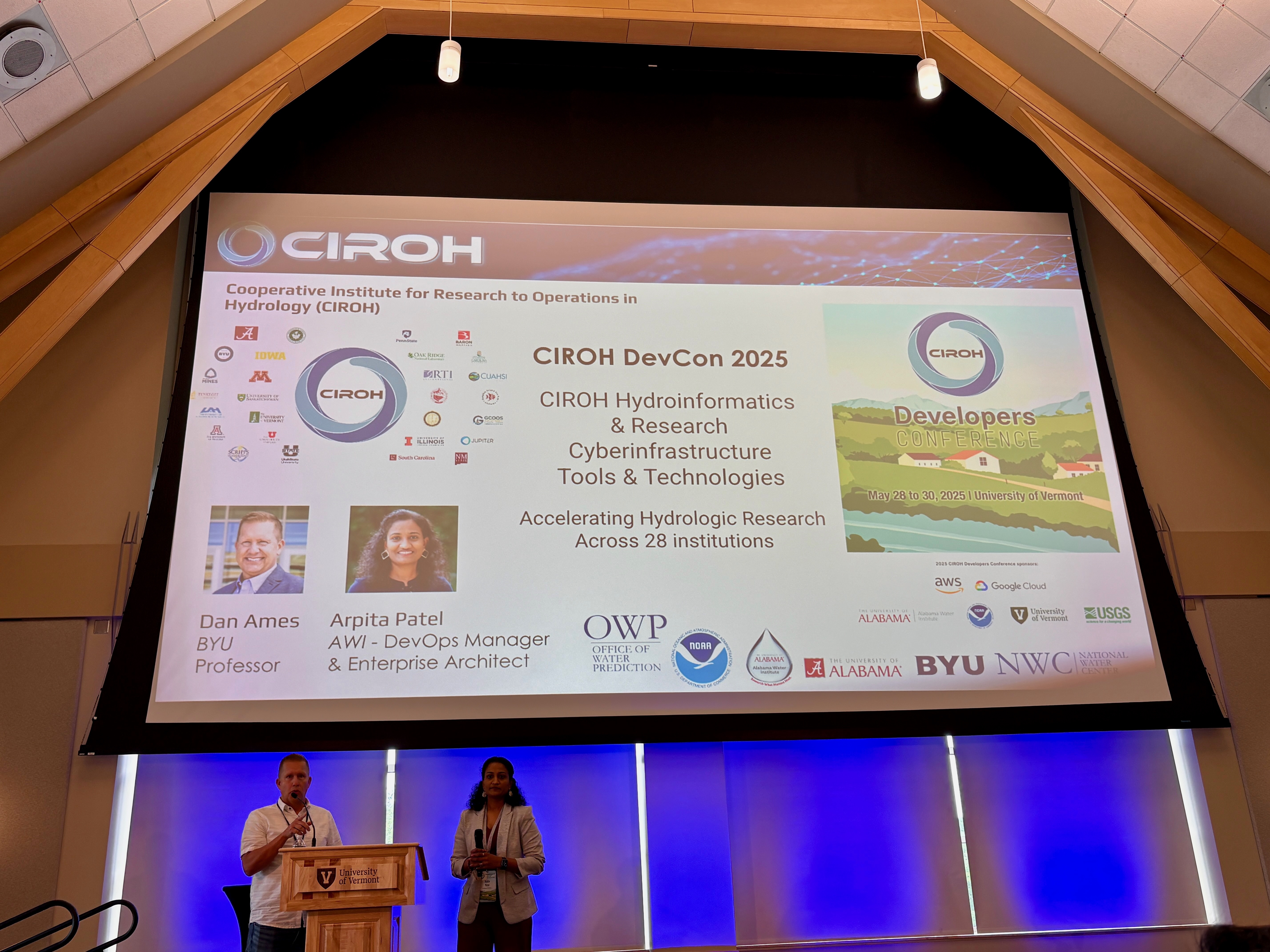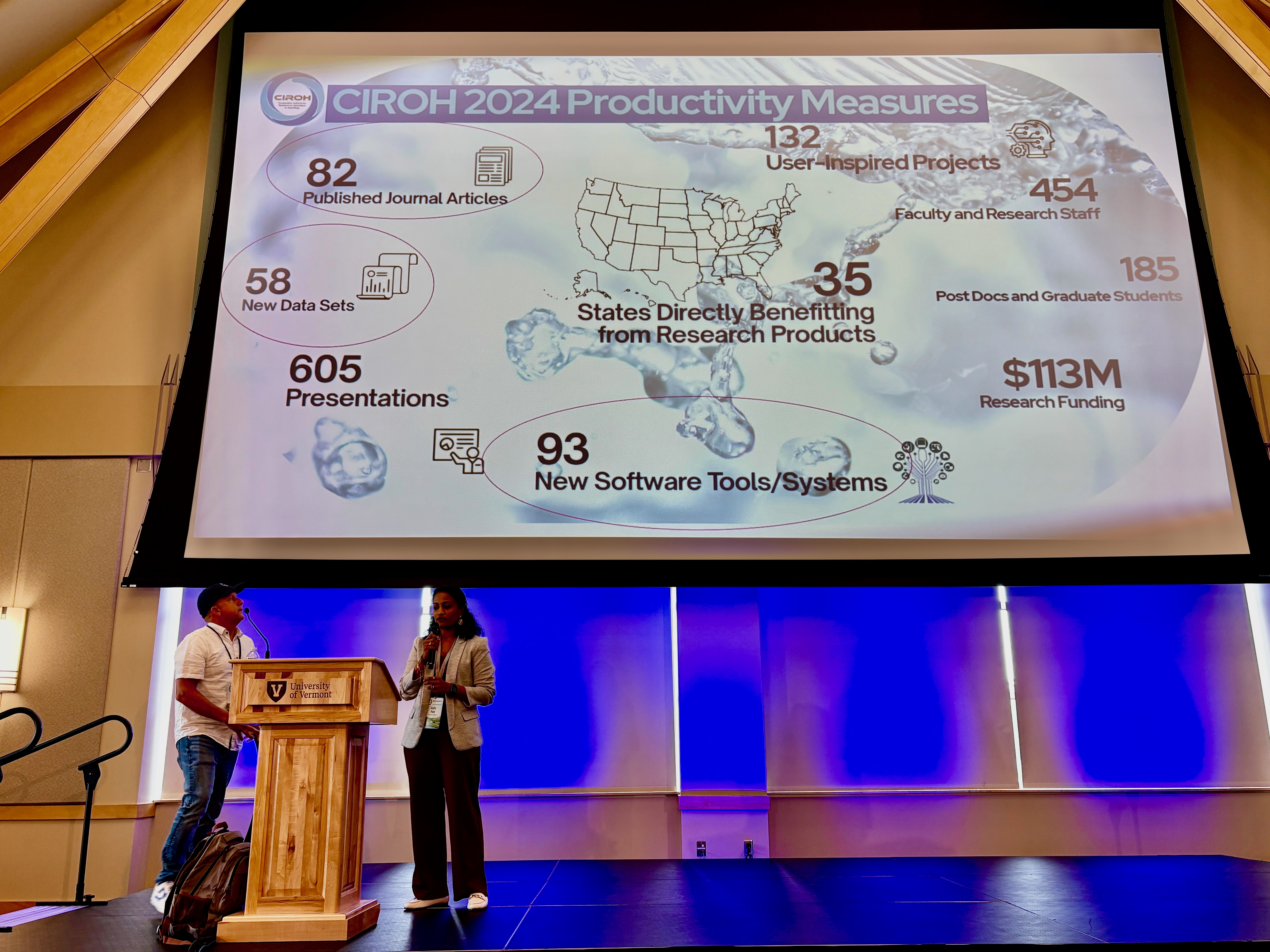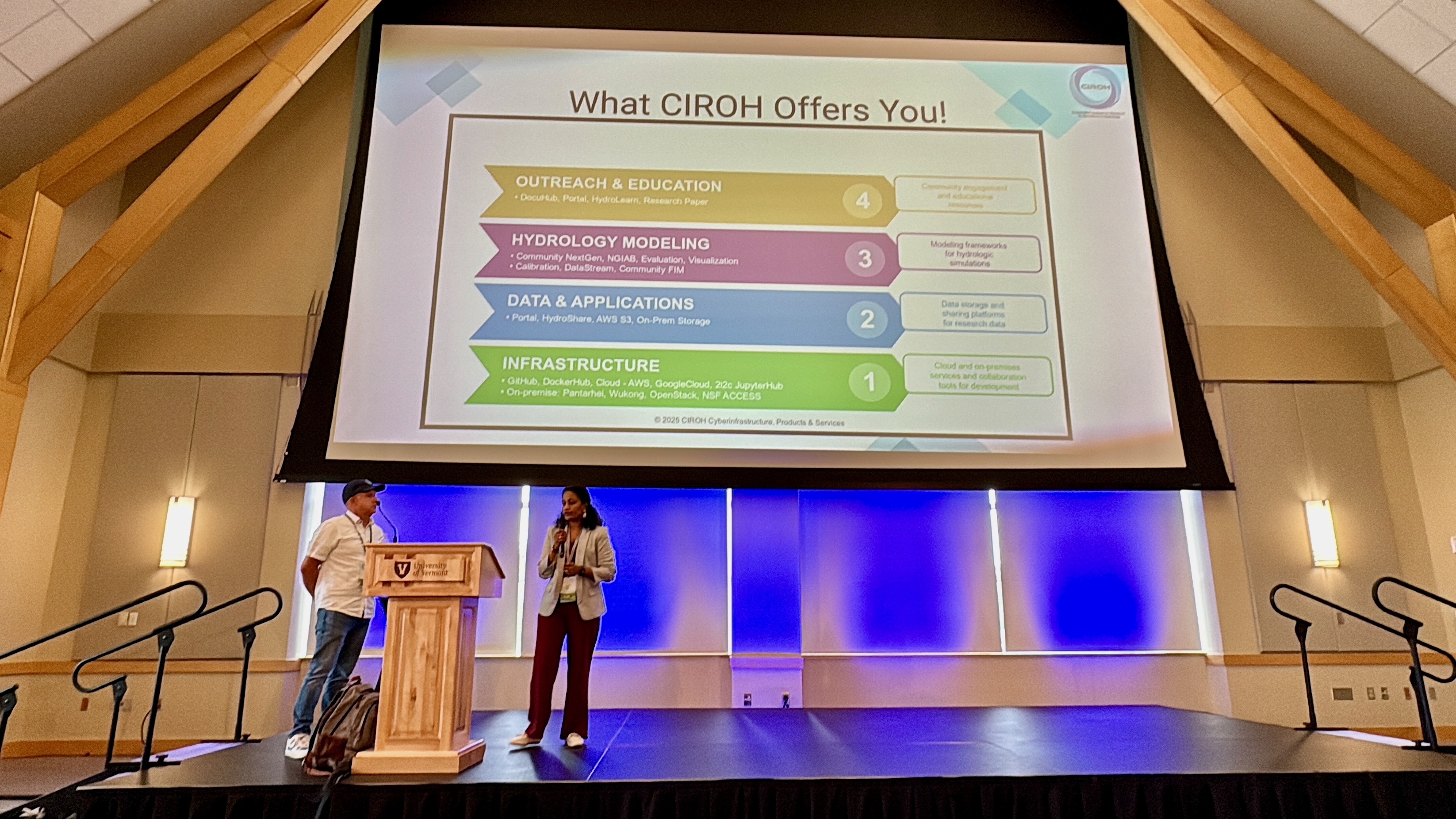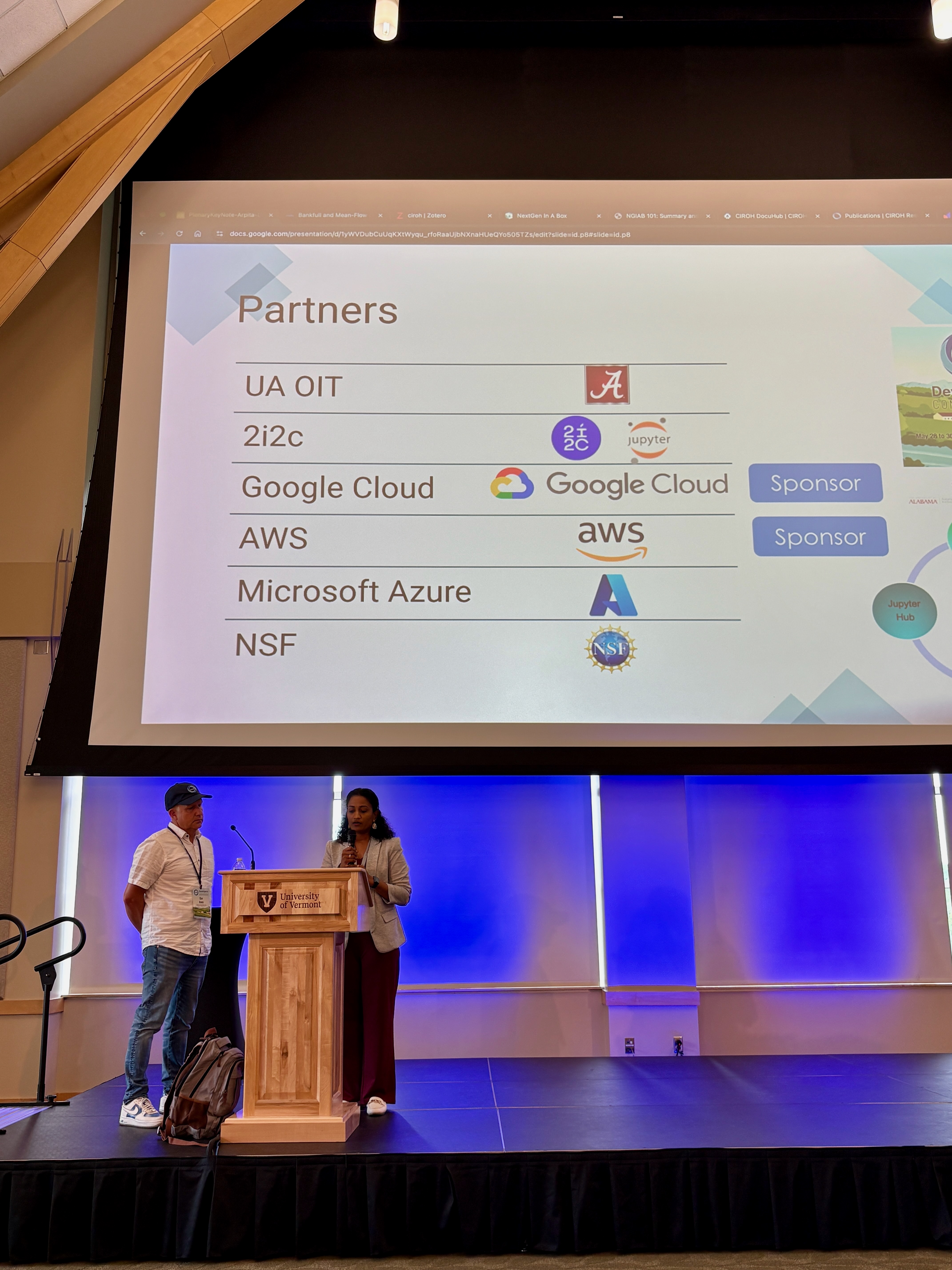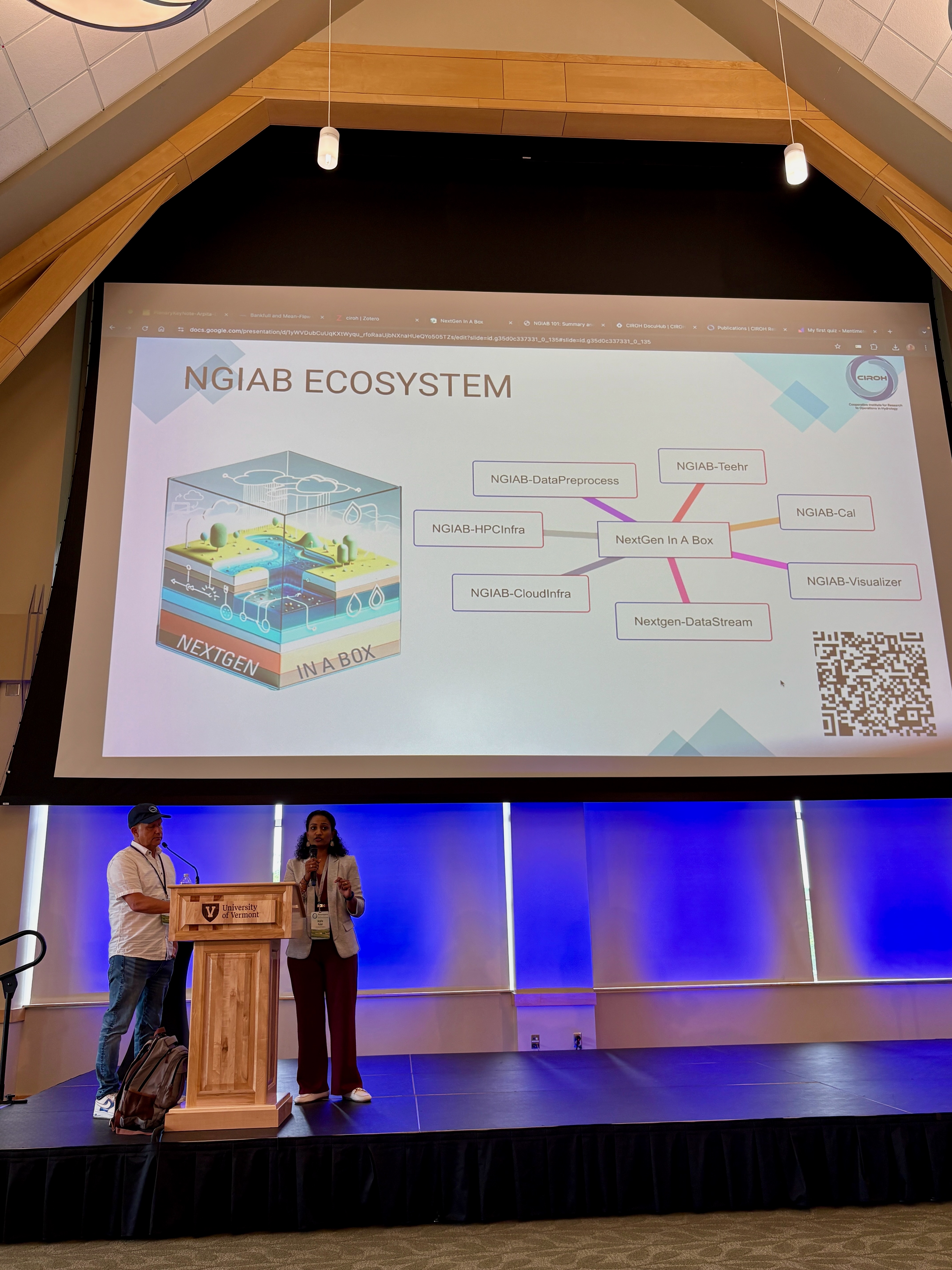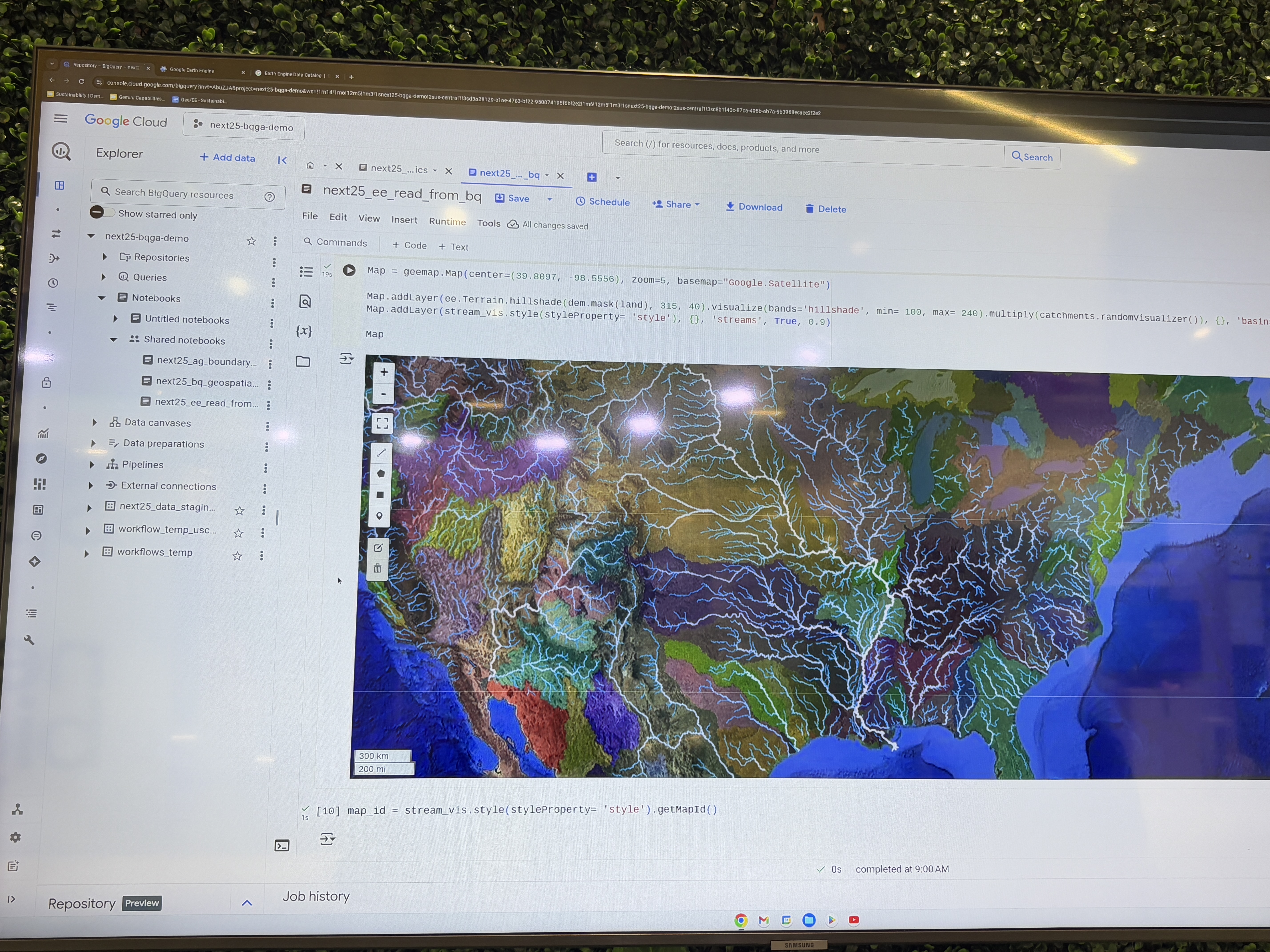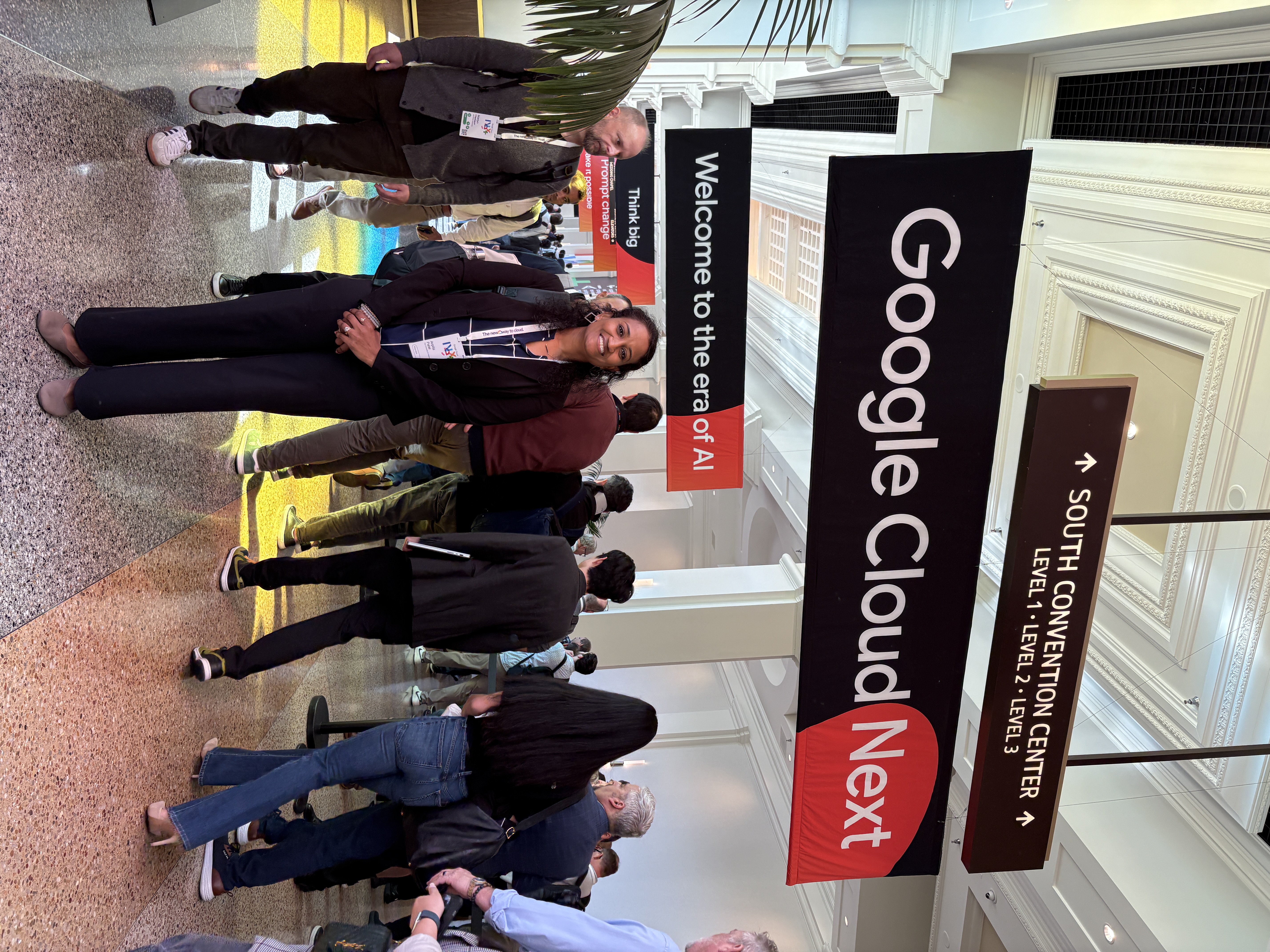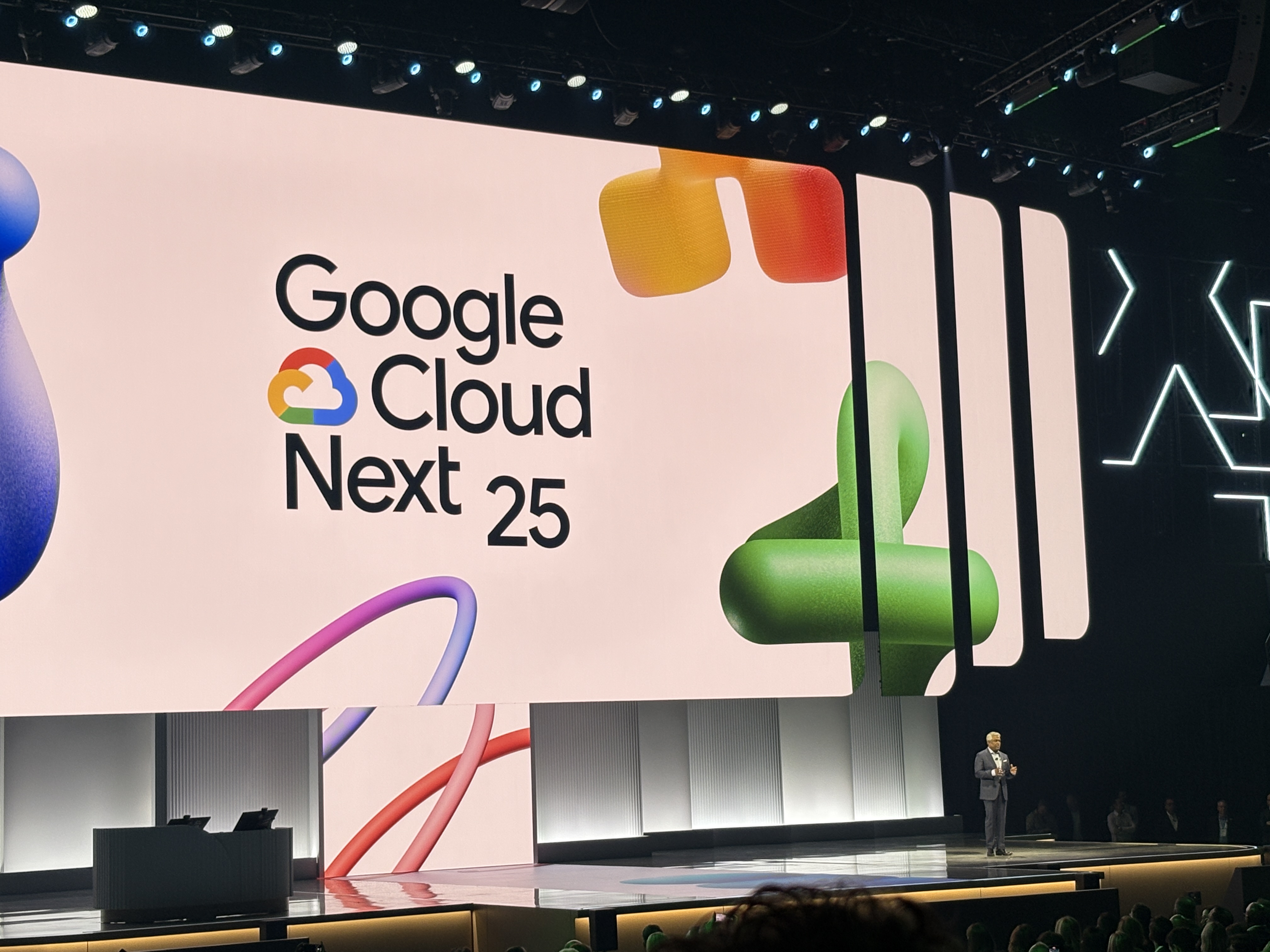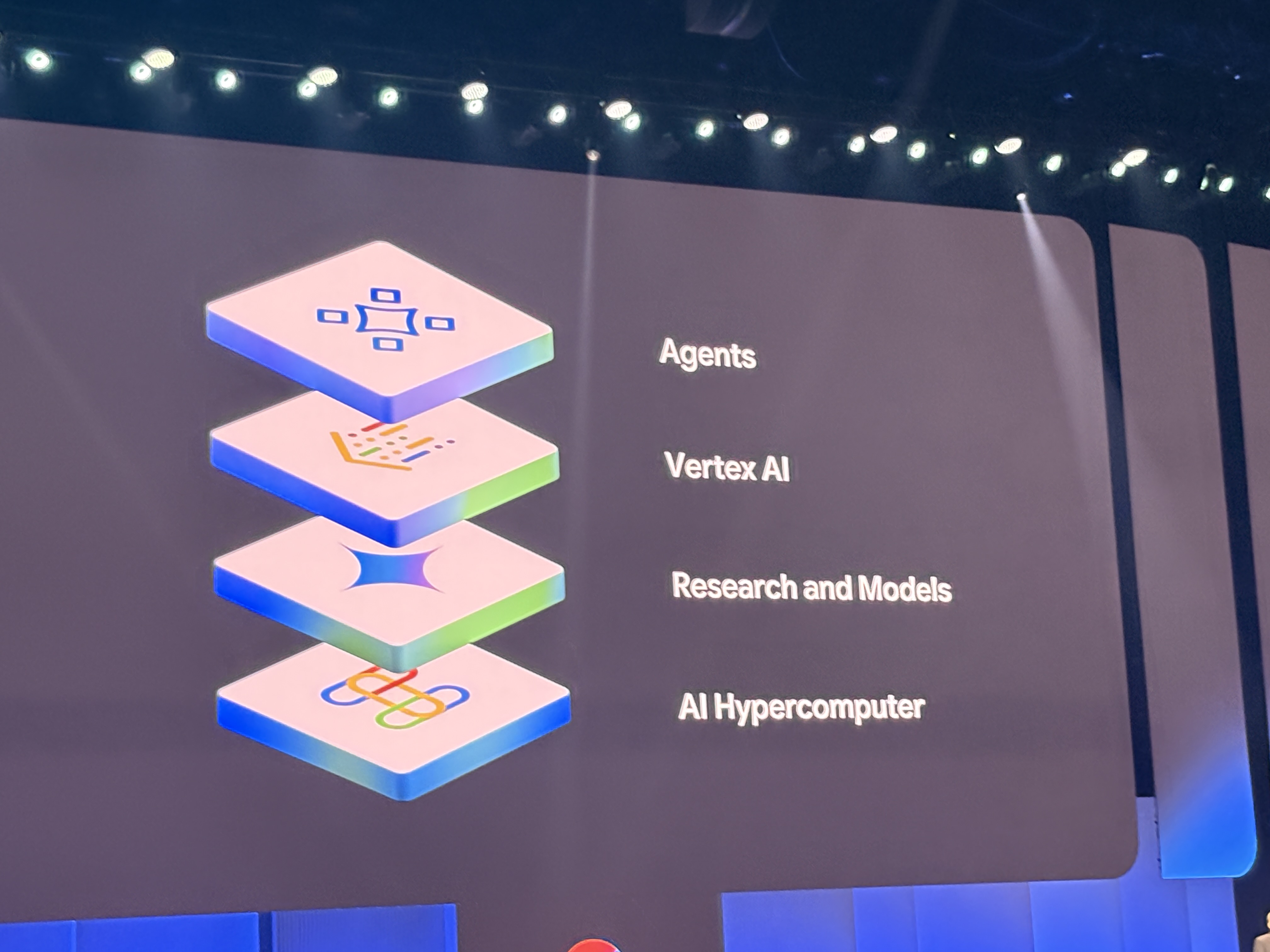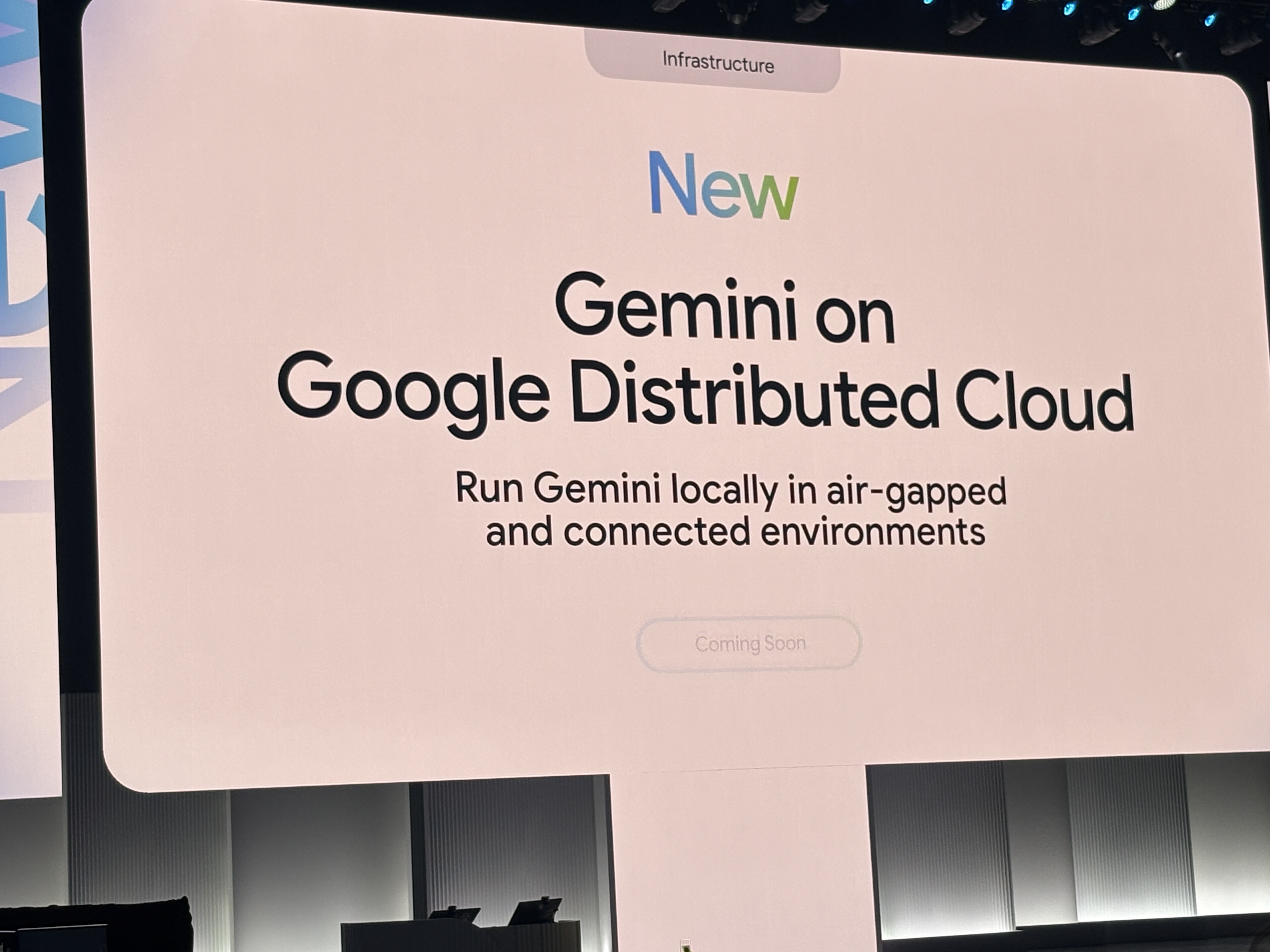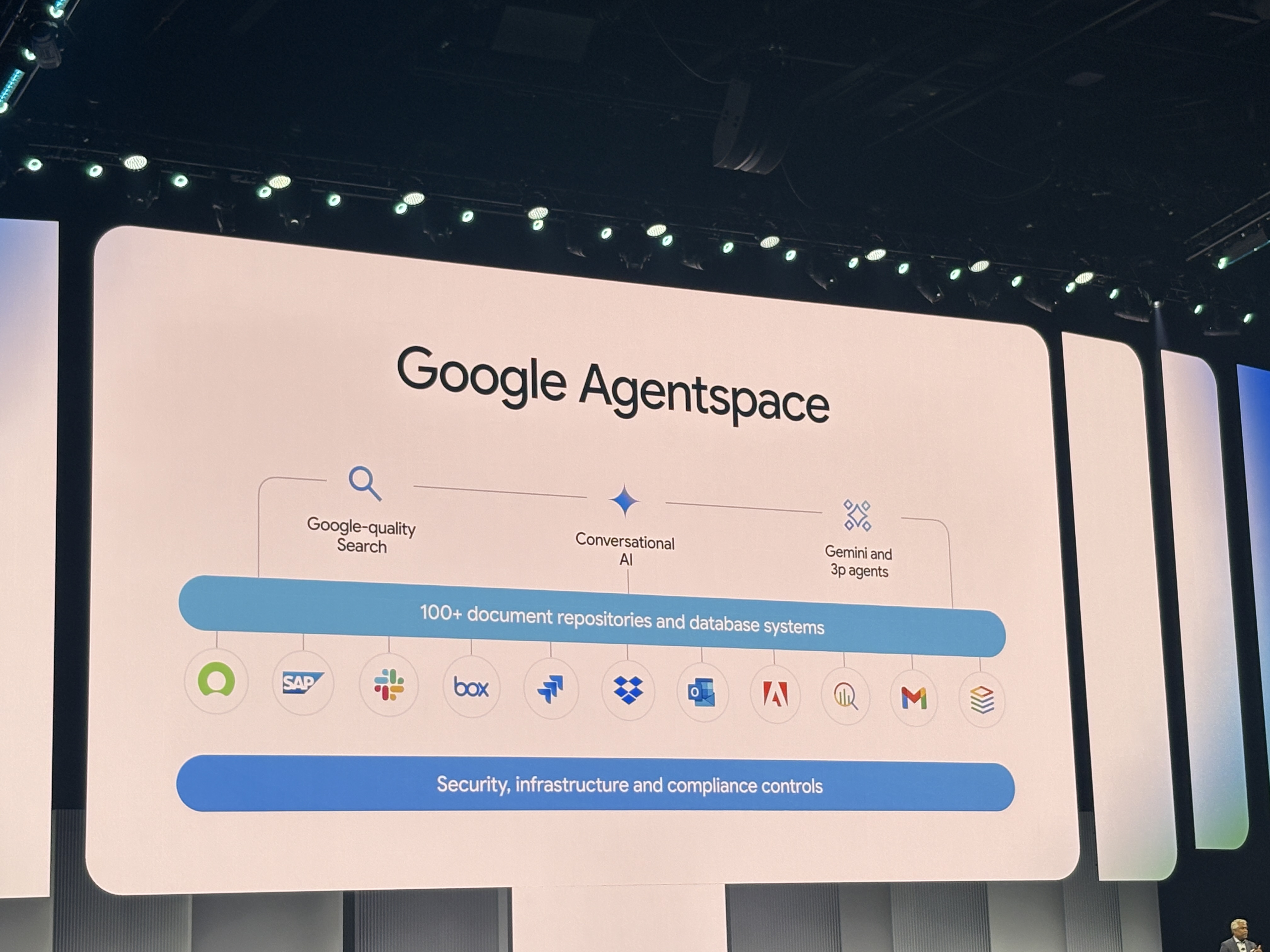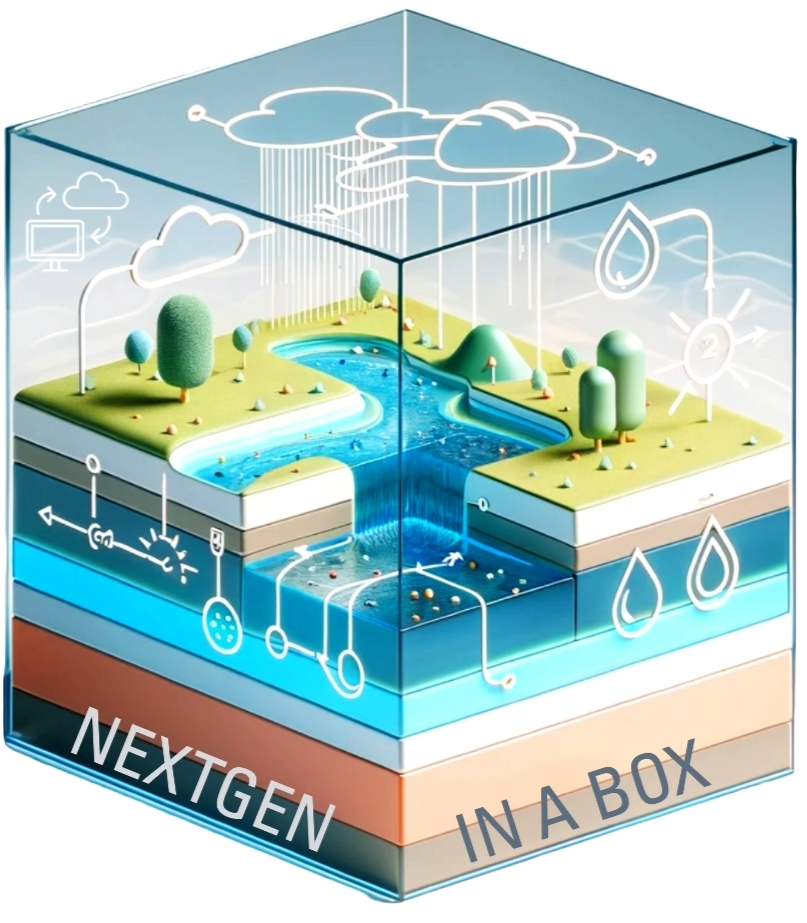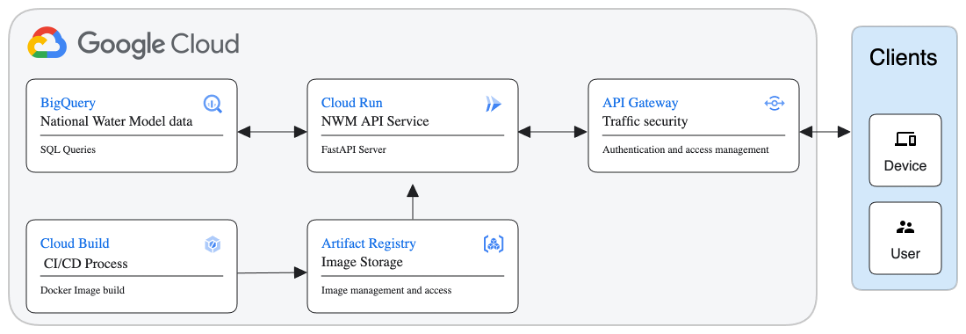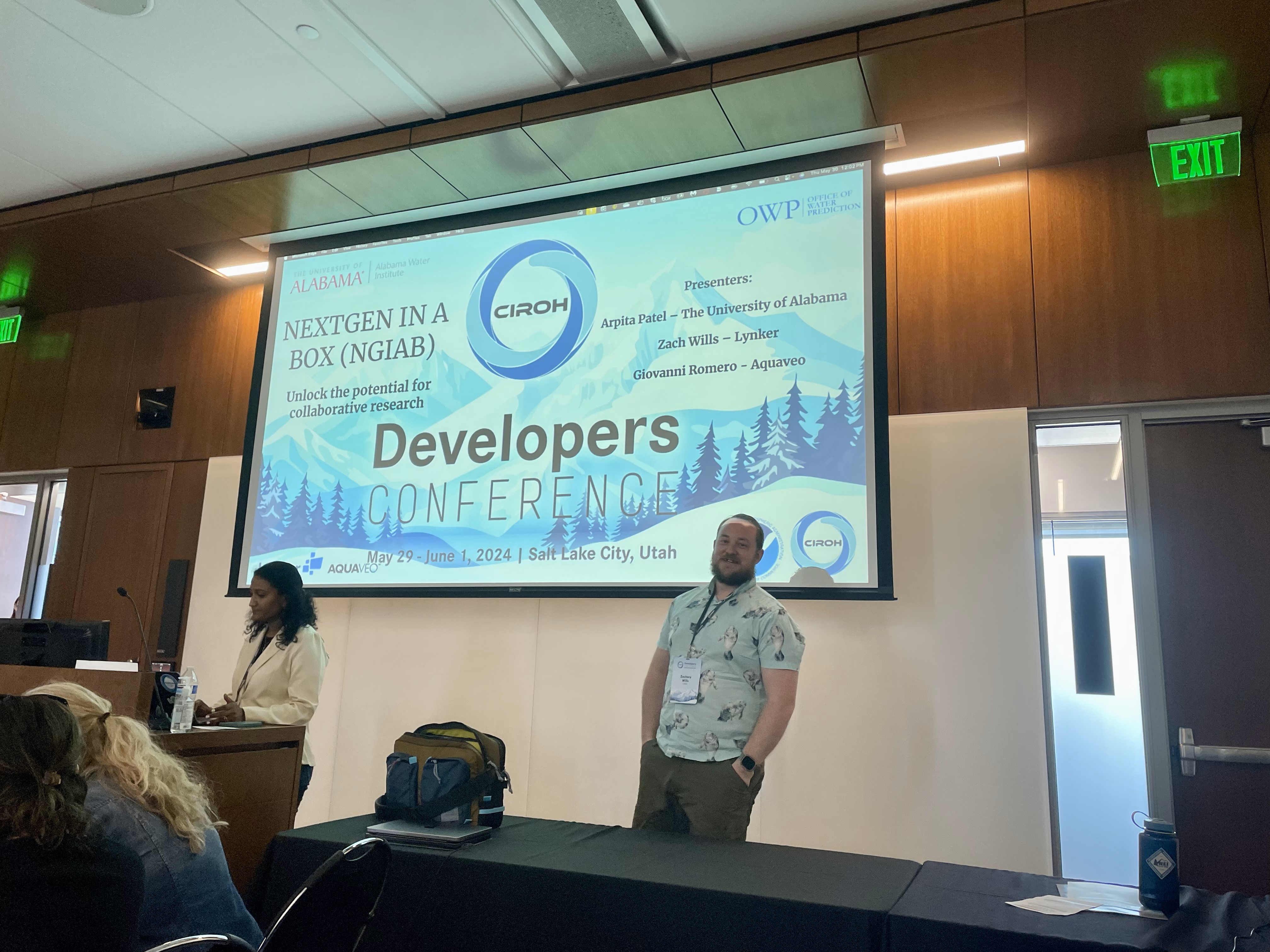Moving Hydrologic Prediction Forward — A software integration meeting at the Alabama Water Institute

Last week, at the invitation and expert coordination of James Halgren, teams from RTI International (Sam Lamont and Matt Denno) and the University of Calgary (Darri Eythorsson, Cyril Thebault, and Martyn Clark) met at AWI for an intensive working session focused on weaving recent CIROH research into AWI’s fork of the NOAA Office of Water Prediction (OWP) Next Generation Water Resources Modeling Framework (nicknamed “NextGen”). James took the lead in developing the agenda, lining up the right scientific and technical expertise and ensuring that the week targeted the most critical software integration challenges. Throughout the visit, the RTI and UCalgary teams collaborated closely with AWI software engineers Quinn Lee, Josh Cunningham, hydrologic scientist Sifan A. Koriche, and James himself. The days were filled with whiteboards, deep technical conversations, and strategic planning around the future of NextGen water prediction. This recap captures the key themes and the momentum that carried through the week.
Getting started
The U Calgary team arrived quite late Sunday night. The plane landed around 9:30 p.m., but with no dinner on board, the drive from Birmingham to Tuscaloosa became an unexpectedly comprehensive tour of places that were neither open nor in possession of a single vegetable. The group checked into the Indigo just before midnight, somewhat hungry but otherwise intact.
After Team Calgary’s epic late-night journey, we kicked off early on Monday morning with a whiteboard session to map out the “assets” we rely on for hydrologic modeling—datasets, models, tools—everything from the CAMELS dataset to TOPMODEL to NOAH-OWP-Modular, plus the assortment of geospatial processing and calibration methods that we all depend on. The aim was to start corralling this sprawling collection of community resources into something a bit more coherent, mostly because no single group has the expertise (or the workforce) needed to tackle all the challenges of building state-of-the-art prediction systems. The conversation naturally focused on software integration—the whole point of the trip—as we tried to figure out how to get these pieces to play nicely with each other.
A high point of the morning was meeting with our operational colleagues at the NOAA Office of Water Prediction—Dr. Fred Ogden, Dr. Fernando Salas, and Dr. Jason Regina. They shared updates on OWP’s vision for future versions of the National Water Model and outlined plans for defining model configurations and calibratng them across the national domain.
Refueled by a terrific lunch at the Curry Kitchen, we reconvened to focus on two key integration efforts: introducing the SYMFLUENCE integration architecture for large-domain modeling and enabling SUMMA’s process-based simulations to run seamlessly within the NextGen workflow.
Darri Eythorsson walked the group through SYMFLUENCE, an integration architecture designed to make hydrologic modeling workflows more structured and efficient, describing how SYMFLUENCE supports everything from defining spatial domains and preparing data to model setup, calibration, optimization, and evaluation. He emphasized that SYMFLUENCE can also drive simulations from NextGen, giving NextGen access to capabilities such as large-sample calibration and geospatial preprocessing. Darri noted that the system runs on laptops, HPC clusters, and cloud-compute platforms, making it adaptable to modeling at different scales.
We closed out Monday with a deep dive into bringing SUMMA into NOAA/OWP’s NextGen framework. The meeting was scheduled late in the day so that Ashley van Beusekom, one of SUMMA’s primary developers, could join from her home in Okinawa, Japan. A couple of years ago, Ashley added BMI support to SUMMA, making it possible to run the model within the NextGen architecture. Ahead of the meeting, she and Darri Eythorsson worked together to set up SUMMA as a spatially distributed model in NextGen, and they successfully reproduced the Provo and Oyster River test cases to verify that everything was running as intended. Quinn and Josh from AWI were excited by the results and immediately started weaving SUMMA capabilities into the broader NextGen framework.
The U Calgary crew wrapped up the day on the Indigo Hotel rooftop, sharing giant pretzels, vegetables, and the warm Alabama night air. They toasted the momentum of the visit and the possibilities ahead. As the night settled in, Team RTI’s Matt Denno and Sam Lamont arrived mid-evening Monday, ready to jump into the work the next morning.
Technical deep dives
The RTI and U Calgary teams met up for breakfast on Tuesday morning at Heritage House where they exchanged high-fives and consumed the caffeine and carbohydrates needed to tackle another ambitious day of software integration.
Once everyone settled in at AWI, the group dug into the two main challenges of the week: integrating models into the NextGen framework (the U Calgary effort) and evaluating those simulations with shared protocols (the RTI focus). The conversation broadened as Arpita Patel (UA), Jordan Laser (Lynker), Zach Wills (Lynker), Nels Frazier (Lynker), Sifan A. Koriche (AWI), Giovanni Romero (Aquaveo), Jonathan Frame (UA), Trupesh Patel (UA), Harsha Vemula (UA) and Manjila Singh (UA) joined to discuss their work on making NextGen accessible and useful to the wider community. Together, the group reviewed progress on SYMFLUENCE, the NextGen/SUMMA integration, and the TEEHR data model. As always, James Halgren kept everything running seamlessly, turning lunch into a productive working session so the team could update the University of Alabama’s computer science leads on recent advances and ongoing challenges.
Before long, the team divided into smaller groups so they could move quickly on the most pressing software-integration tasks on the schedule. Throughout the day, the big question hovered: How do we create a seamless pipeline from model execution data ingest→ evaluation → model improvement?
On the RTI side, much of the effort focused on preparing outputs for seamless use within the TEEHR Evaluation System. This involved translating the output from NextGen simulations into the TEEHR data schema and determining how best to extract the metadata needed to track which model configuration produced each forecast. The team also worked on defining crosswalks to link simulation points to USGS gage IDs, ensuring that model results could be cleanly tied back to the appropriate metadata and hydrofabric, and they began documenting key operational details such as run intervals and latency characteristics of near-real-time runs. By the time the dust settled, the RTI and AWI teams had stitched the pieces together and emerged with the gratifying sense that they had made good initial progress on the problem they came to solve.
On the U Calgary side, the team split off into two groups. In one corner Darri Eythorsson and Cyril Thebault met with Josh Cunningham to make progress on integrating SUMMA in to NextGen. There were lots of issues to consider, including appropriately linking with different software libraries and ensuring that SUMMA could run effectively in the containerized NextGen instantiation “NextGen In a Box” (NGIAB). The software integration progress was rapid, thanks in large part to the Herculean efforts of Ashley van Beusekom prior to the visit.
In another corner, Martyn Clark sat down with James Halgren, Quinn Lee and Sifan A. Koriche to put together a SWOT (Strengths, Weaknesses, Opportunities, Threats) analysis for the AWI-led efforts to transition CIROH research into NOAA/OWP operations. The timing mattered: James was preparing to drive to Utah the following week for a faculty position at Brigham Young University, and leadership of his group was in the process of transitioning to Quinn Lee and Josh Cunningham. The SWOT analysis brought a sense of optimism and excitement as the team saw the promise in recent hydrologic prediction advances and brainstormed several clear steps to make the research-to-operations path smoother and more effective.
Later in the day, Arpita Patel and Matt Denno met with NOAA/OWP Chief Scientist Fred Ogden to walk through the latest NextGen Framework design diagram and discuss how their development of NextGen In A Box (NGIAB) aligns with NOAA/OWP’s component-based architecture. Their conversation highlighted that NGIAB already follows many of these principles, including modular components, stand-alone tools, and fully BMI-compliant model execution. They also identified clear opportunities to strengthen the alignment, particularly around refining the runtime environment, enhancing component decoupling, and mapping NGIAB’s architecture onto OWP’s emerging design. The meeting set the stage for ongoing coordination.
Dinner at the River Café was a highlight of the day. With a table on the terrace and the Black Warrior River drifting by below, the team enjoyed an evening of easy conversation and good-natured reflection on the progress over the past two days.
A springboard for the future
Wednesday saw the RTI and U Calgary teams peel off in different directions. RTI paired with AWI software engineers to advance the TEEHR model evaluation manager, tightening the evaluation protocols, metadata requirements, and workflow linkages needed for basin-scale and national-scale verification. U Calgary spent the day with CIROH leadership —Steve Burian, Sagy Cohen, and Erin White—reviewing their major research advances and the steps required to improve the research-to-operations pipeline. A clear highlight of the day came when SUMMA was successfully integrated into NextGen: Martyn Clark marked the moment with a celebratory dance—hands clasped, fingers interlocked, and his upper body swaying with unmistakable satisfaction.
That evening, everyone gathered at Steve Burian’s home for a farewell celebration in honor of James Halgren. Steve and his wife Cindy laid out an extraordinary taco spread, enough to nourish the lively crowd that had gathered to see James off in style. James brought with him a tall stack of mounted photographs he had taken around the U.S., and he spent the night offering warm goodbyes and writing personal messages on the back of each one. It was a lovely gesture, and a reminder of how much his enthusiasm and kindness had meant to the community.
The joint visit wrapped up on Thursday morning, when the full team gathered to chart a path forward. Together they mapped out the key components of the NextGen Research Data Stream (NRDS—affectionately pronounced “nerds”) and clarified how NRDS fits within the broader NOAA/OWP NextGen framework, including the orchestration manager, calibration manager, and evaluation manager that had occupied so much attention throughout the week. The discussion concluded with a clear set of immediate priorities, identifying the specific steps needed over the next six months to realize near-term successes in the transition of research to operations.
CIROH Cyberinfrastructure: Accelerating Hydrologic Research
This collaborative work exemplifies how CIROH's cyberinfrastructure investments are accelerating the pace of hydrologic research. The platforms developed by CIROH's DevOps team - the Research to Operations Hydrologic Community (R2OHC) platform and tools developed by CIROH's Science team, Lynker team, RTI team and Aquaveo team —including NextGen In A Box (NGIAB), NRDS, and containerized modeling environments—provide researchers with immediate access to computational resources and standardized workflows. By eliminating the traditional barriers of infrastructure setup and configuration, these platforms allow research teams like University of Calgary, RTI International, Lynker, Aquaveo and AWI to focus their energy on scientific innovation rather than technical implementation. This meeting at AWI represents the kind of rapid, collaborative progress that becomes possible when robust cyberinfrastructure removes technical friction from the research process.


